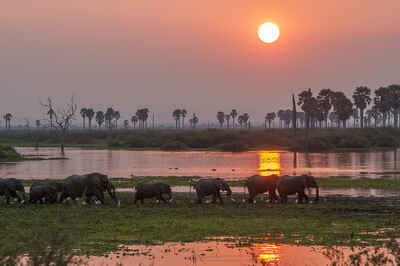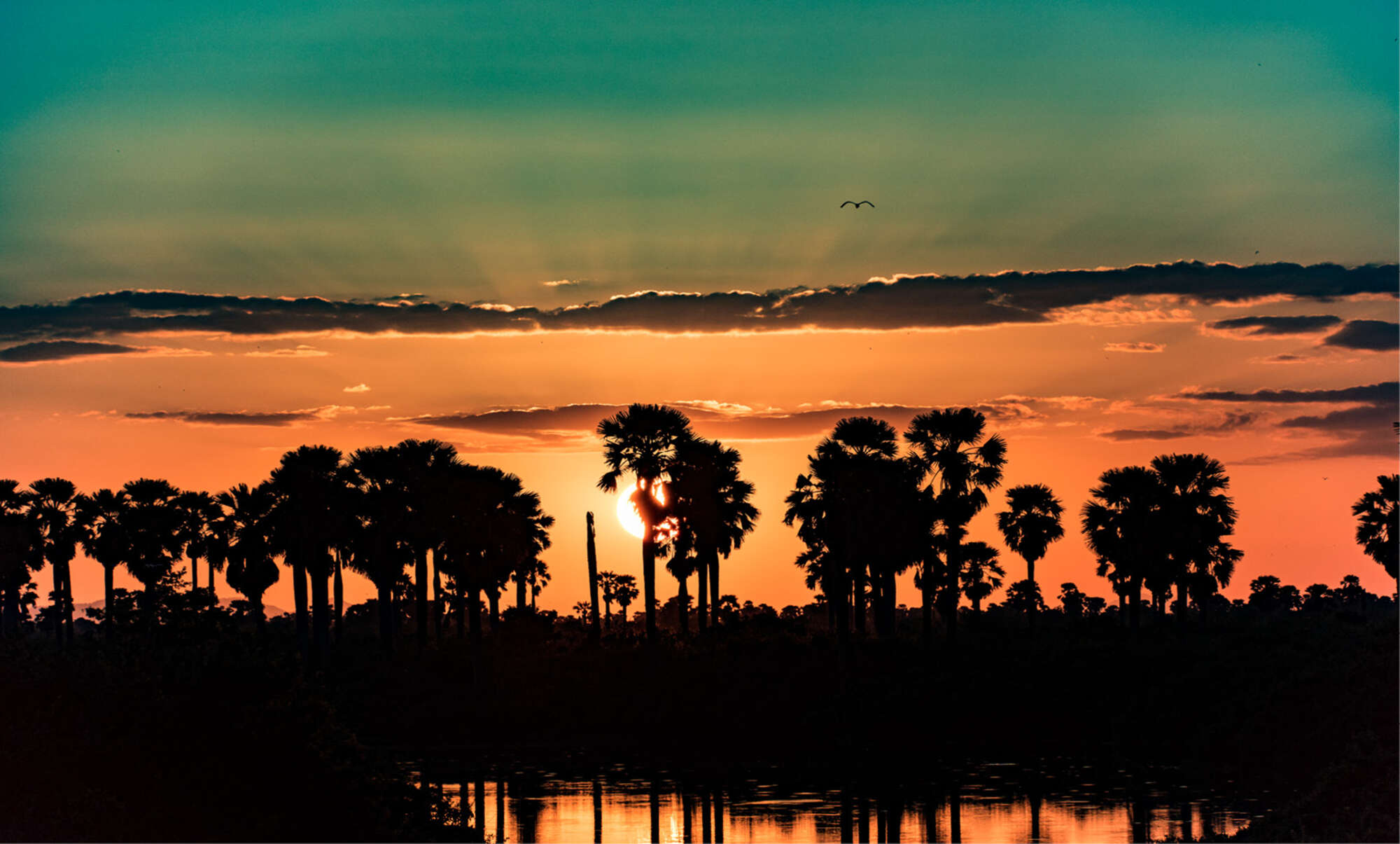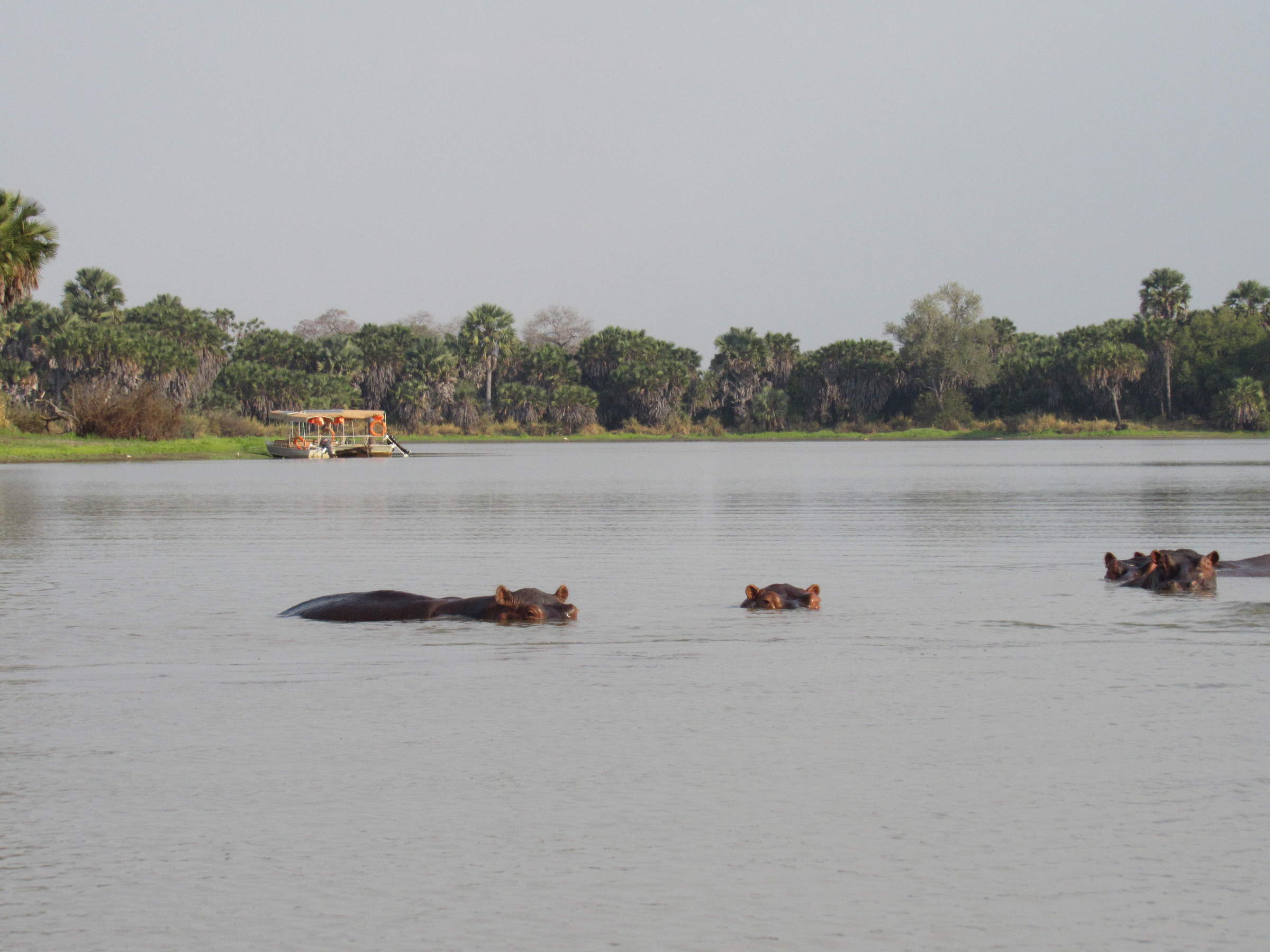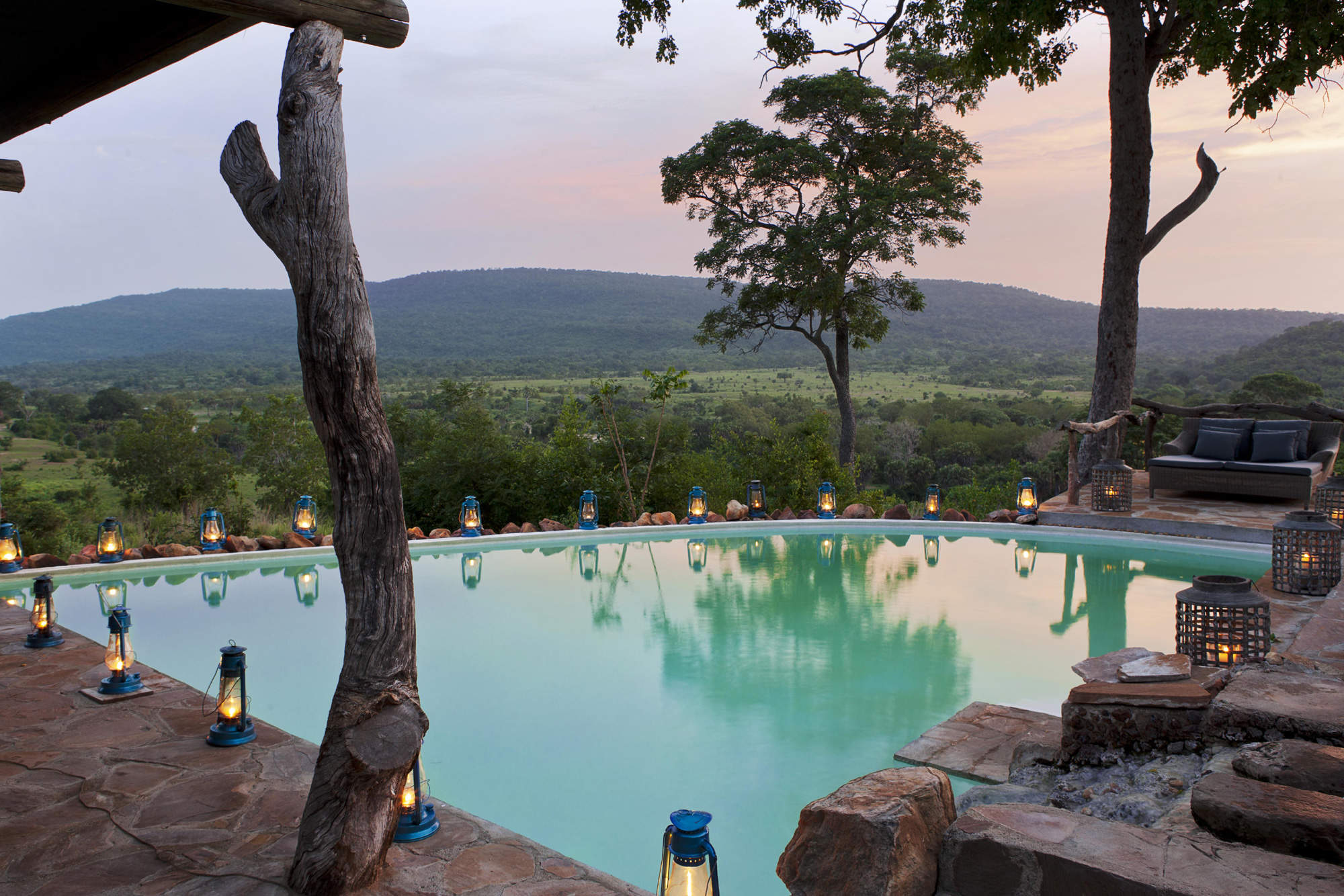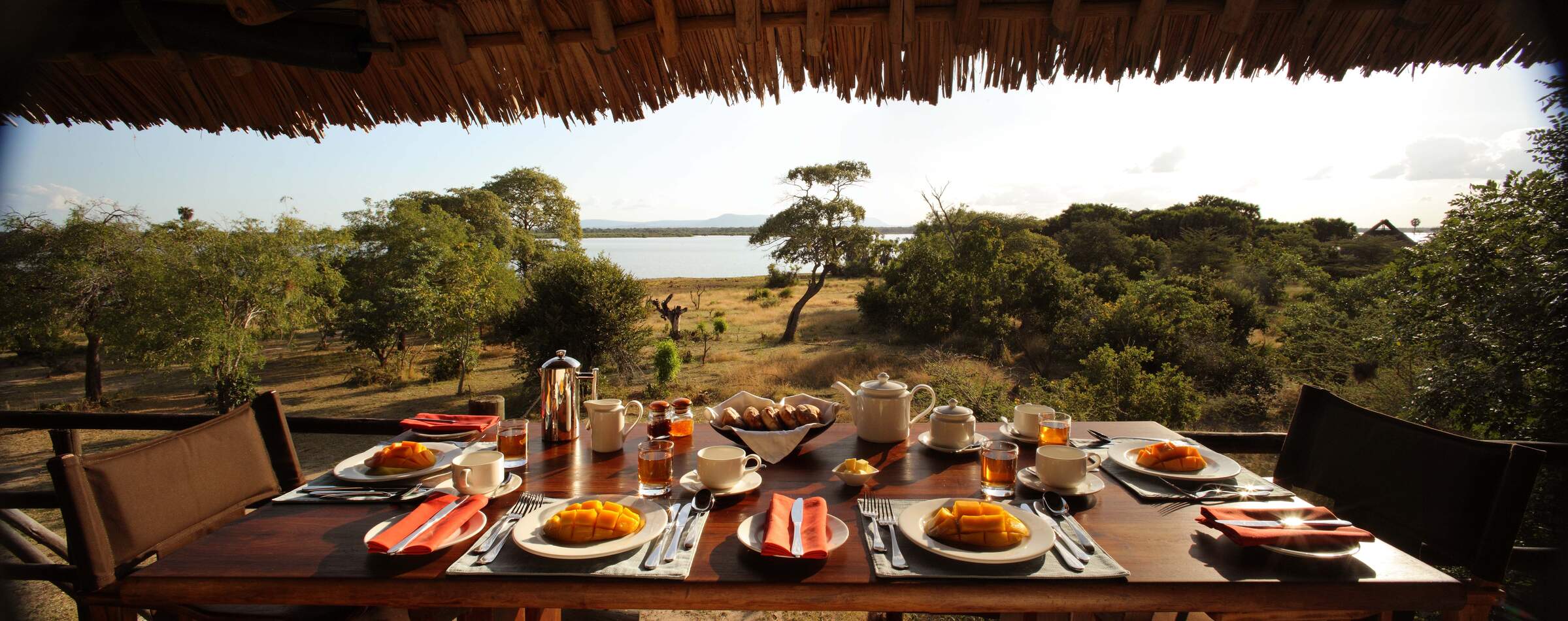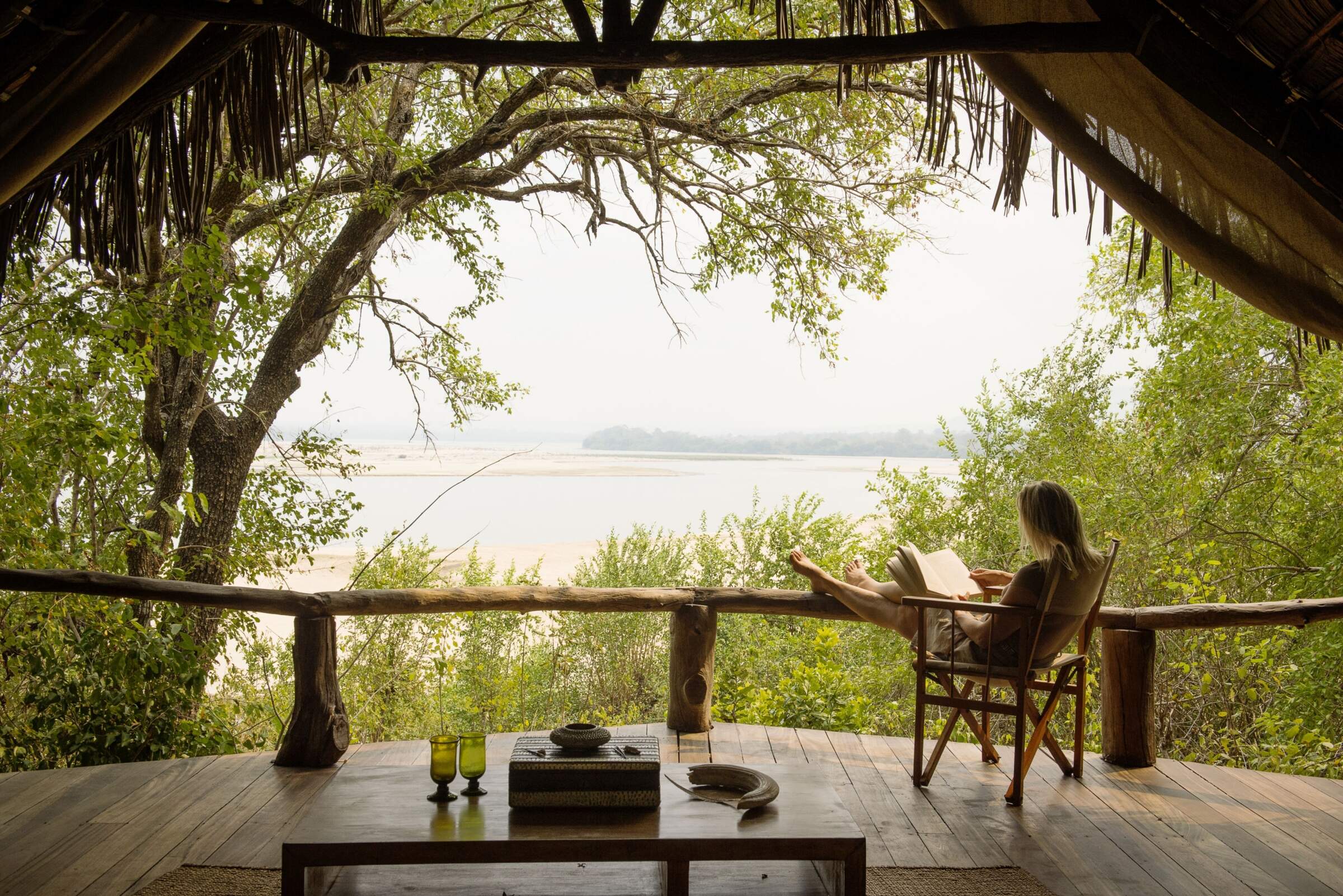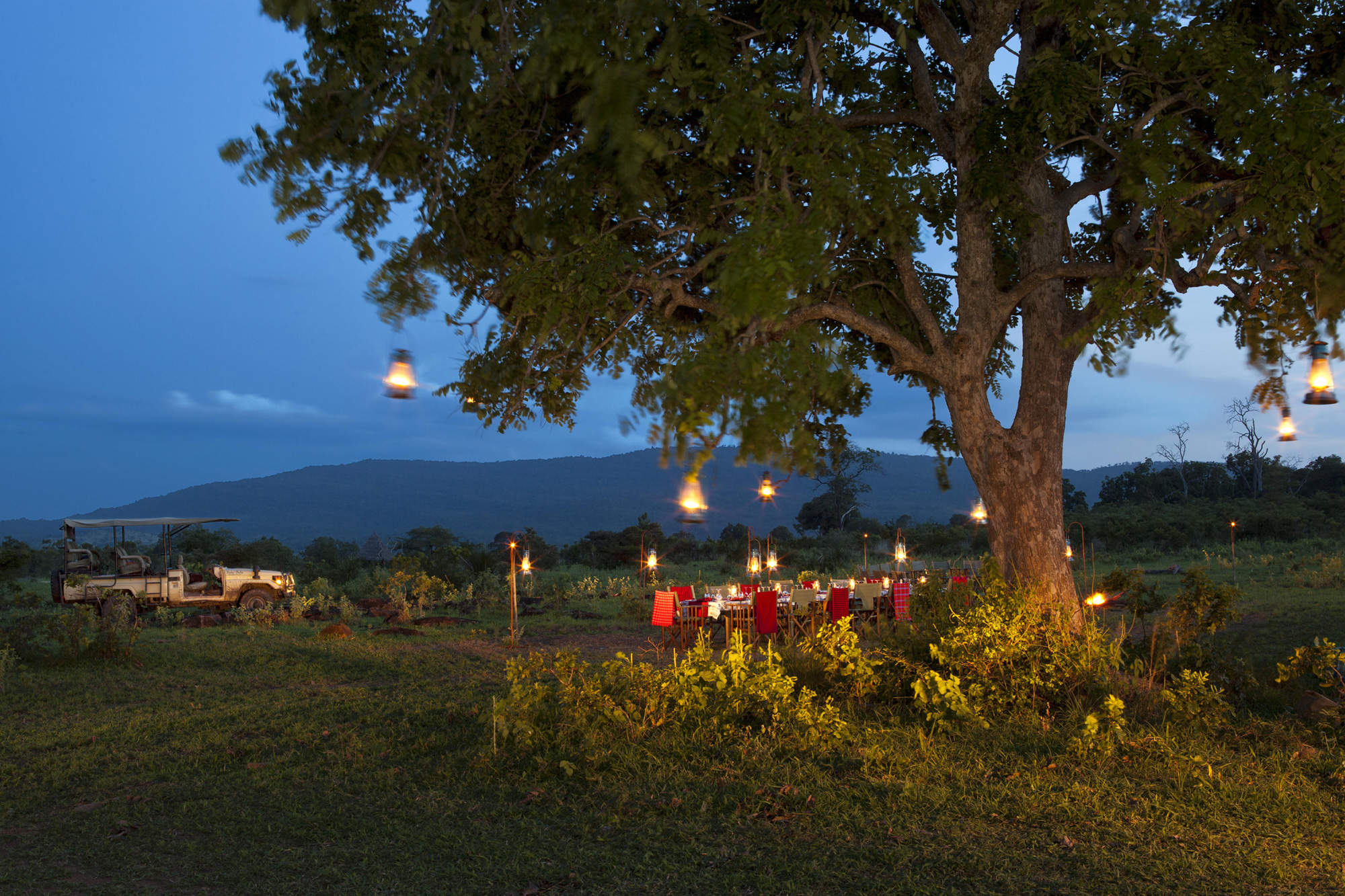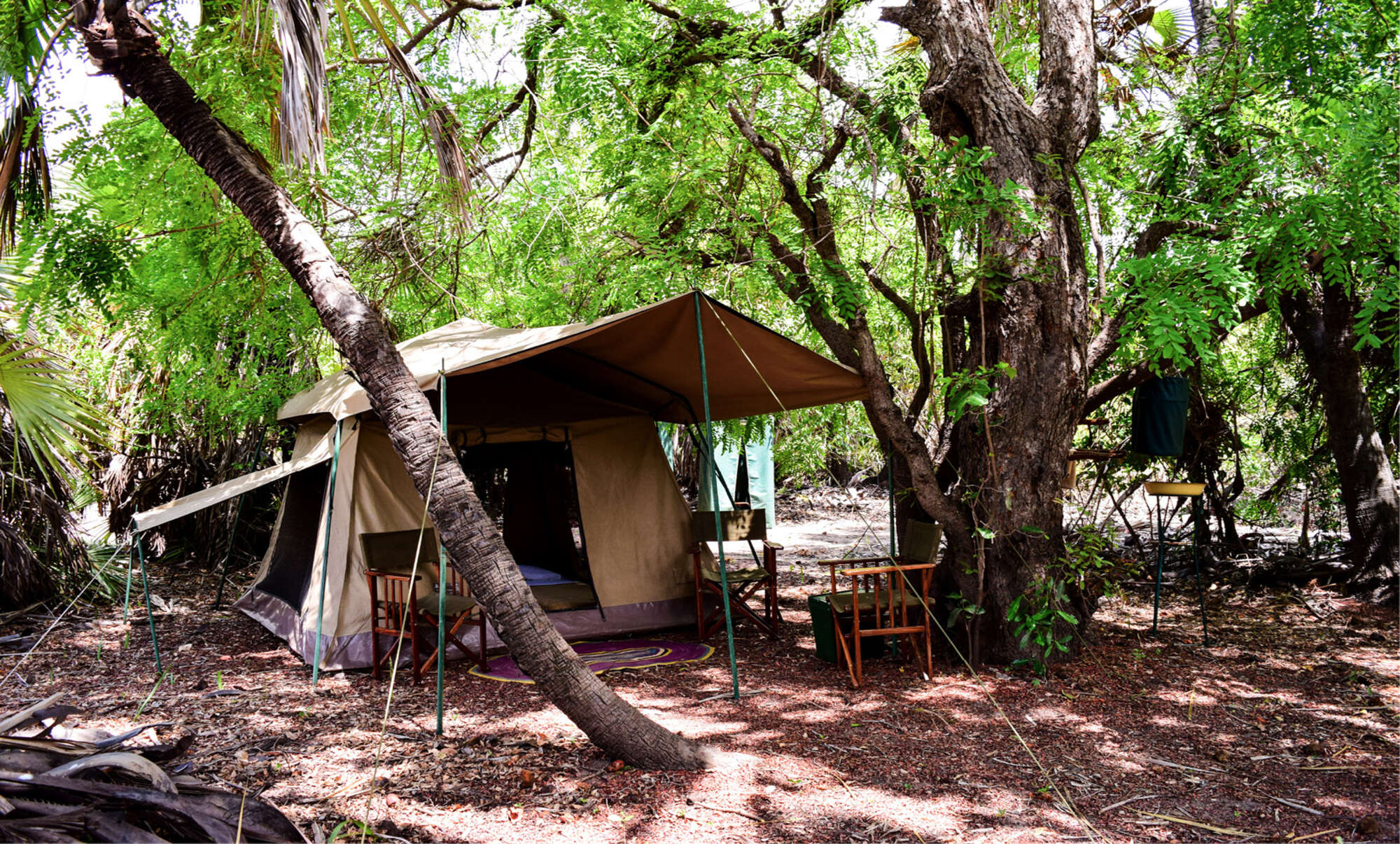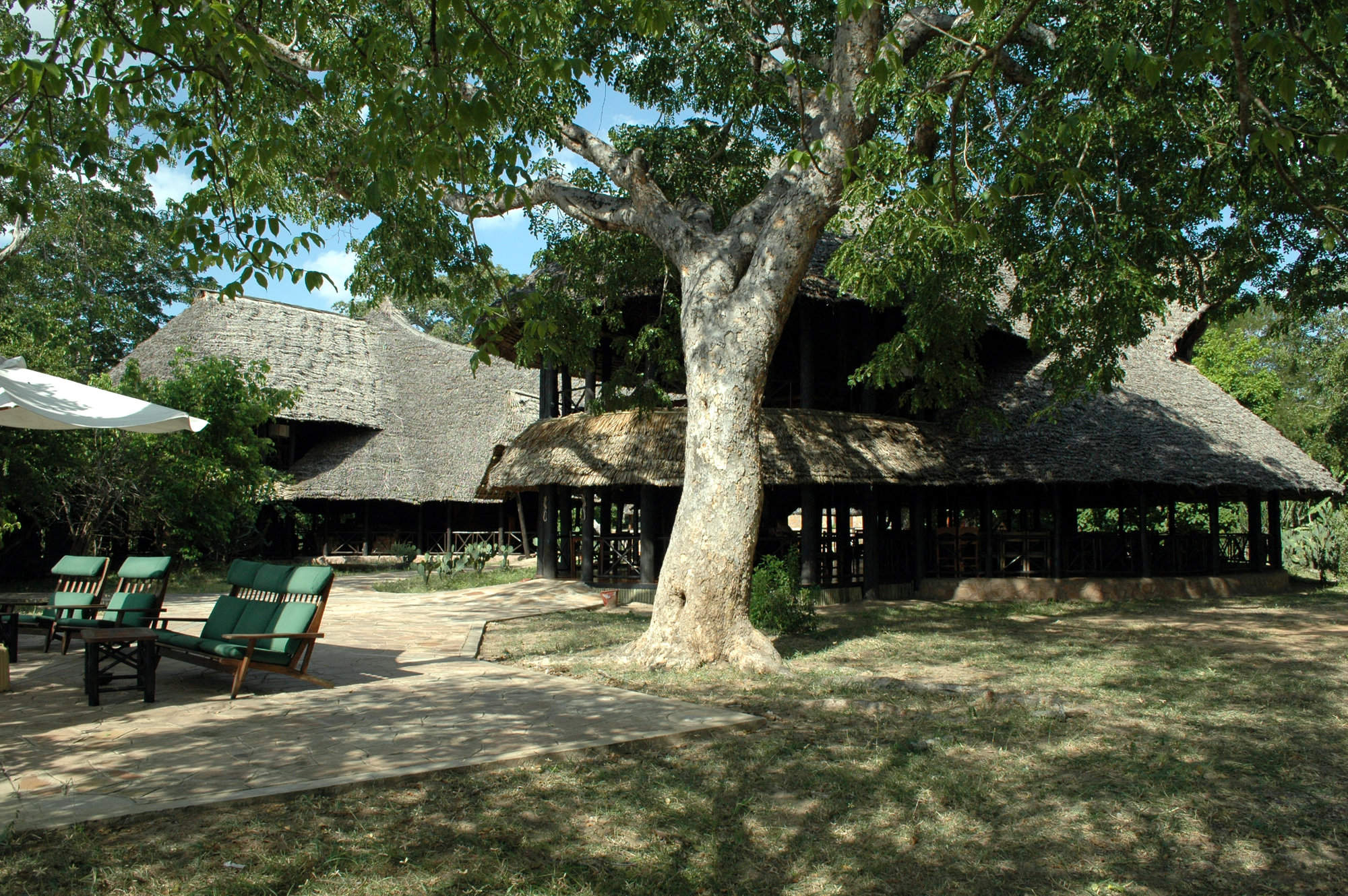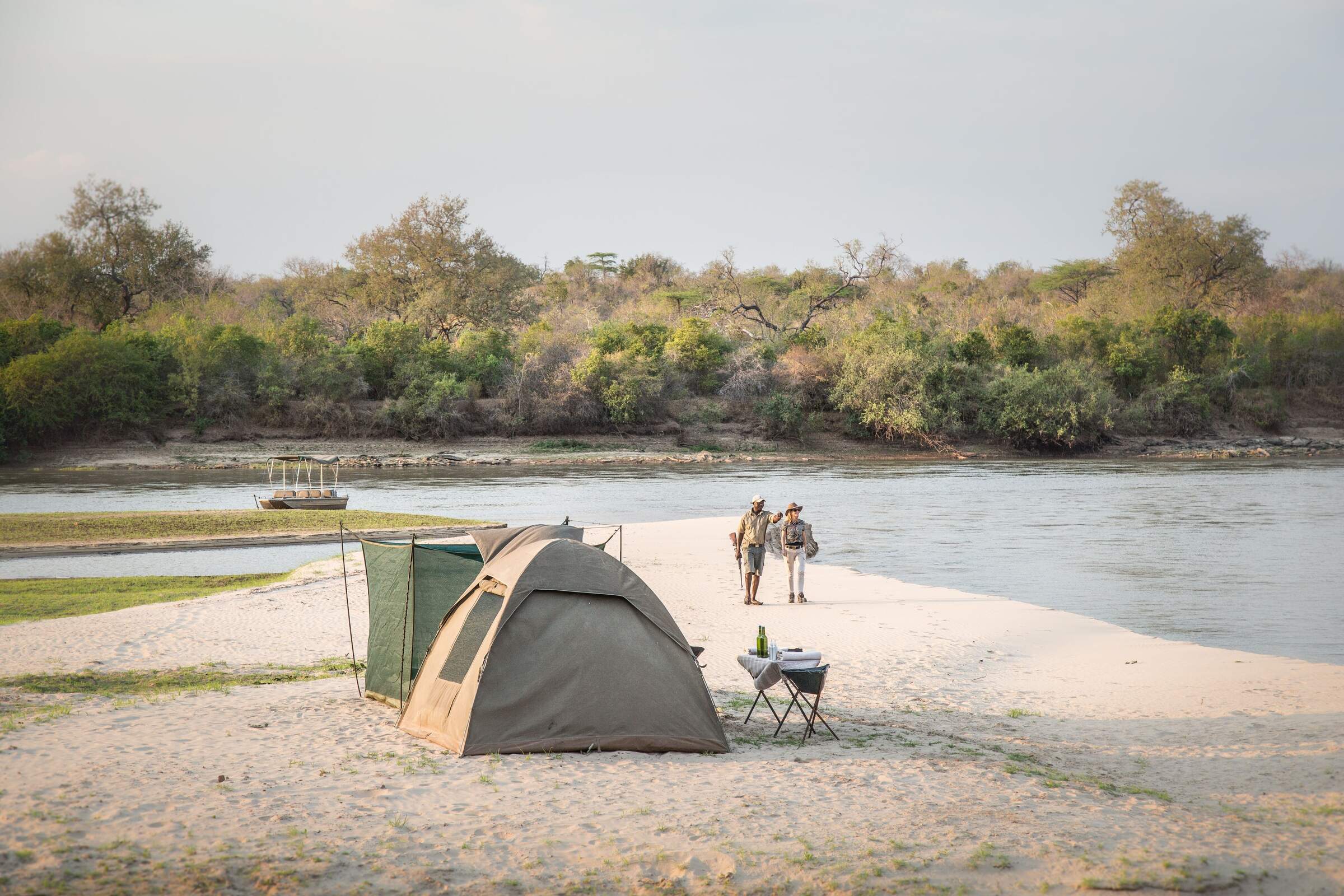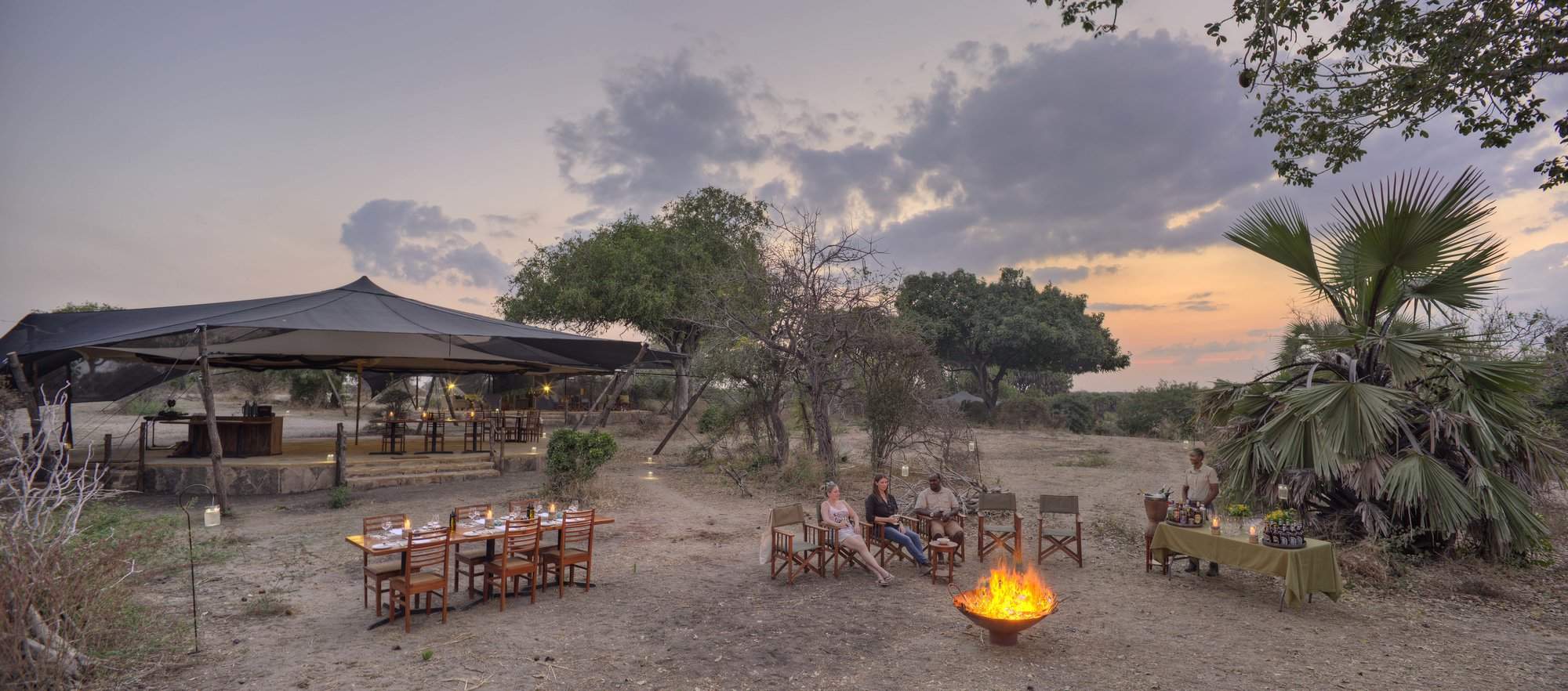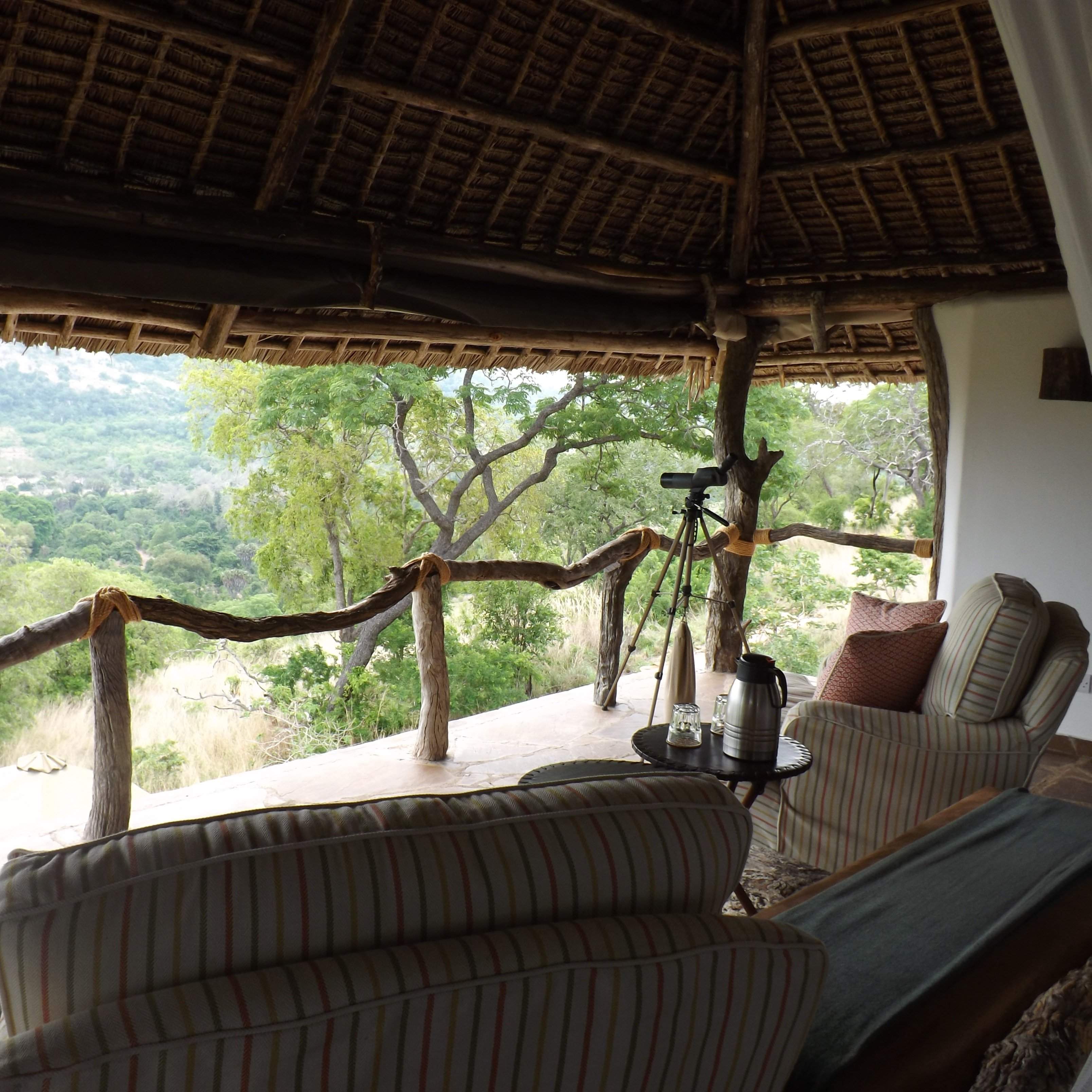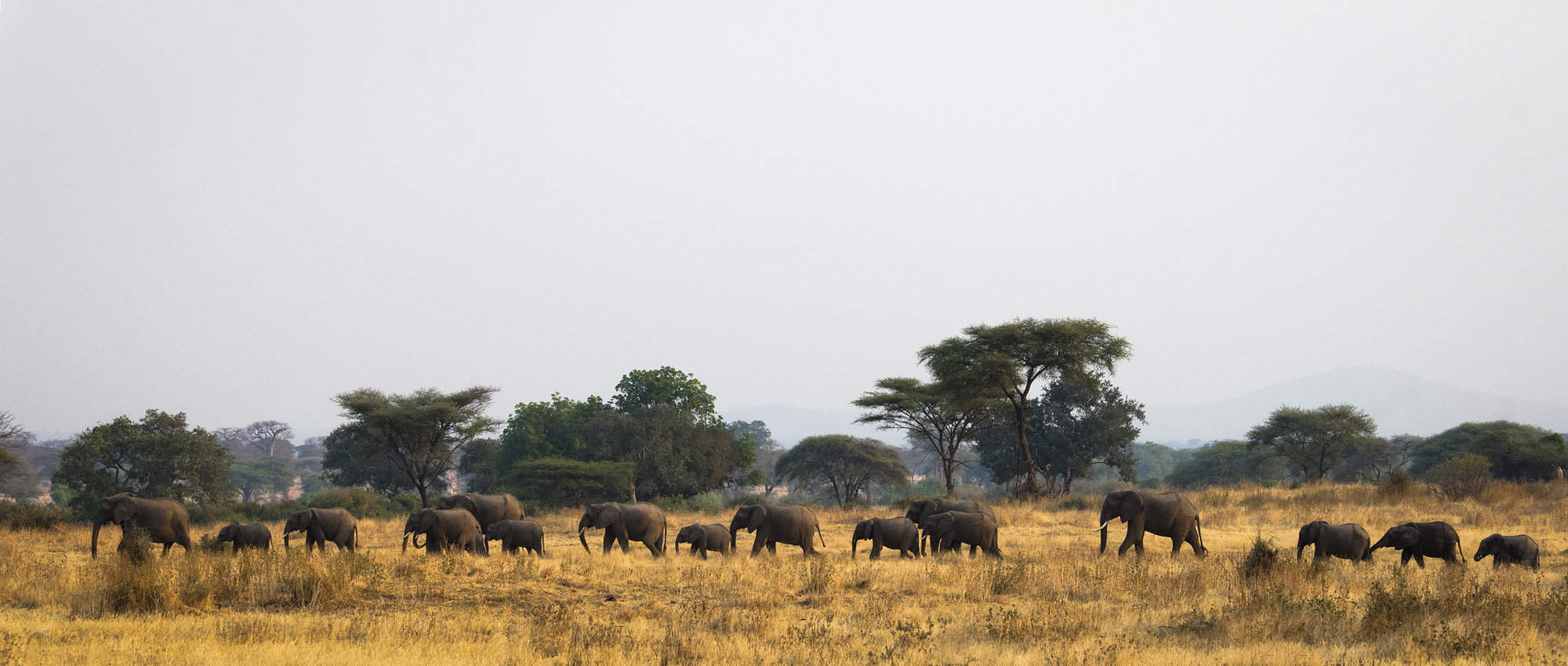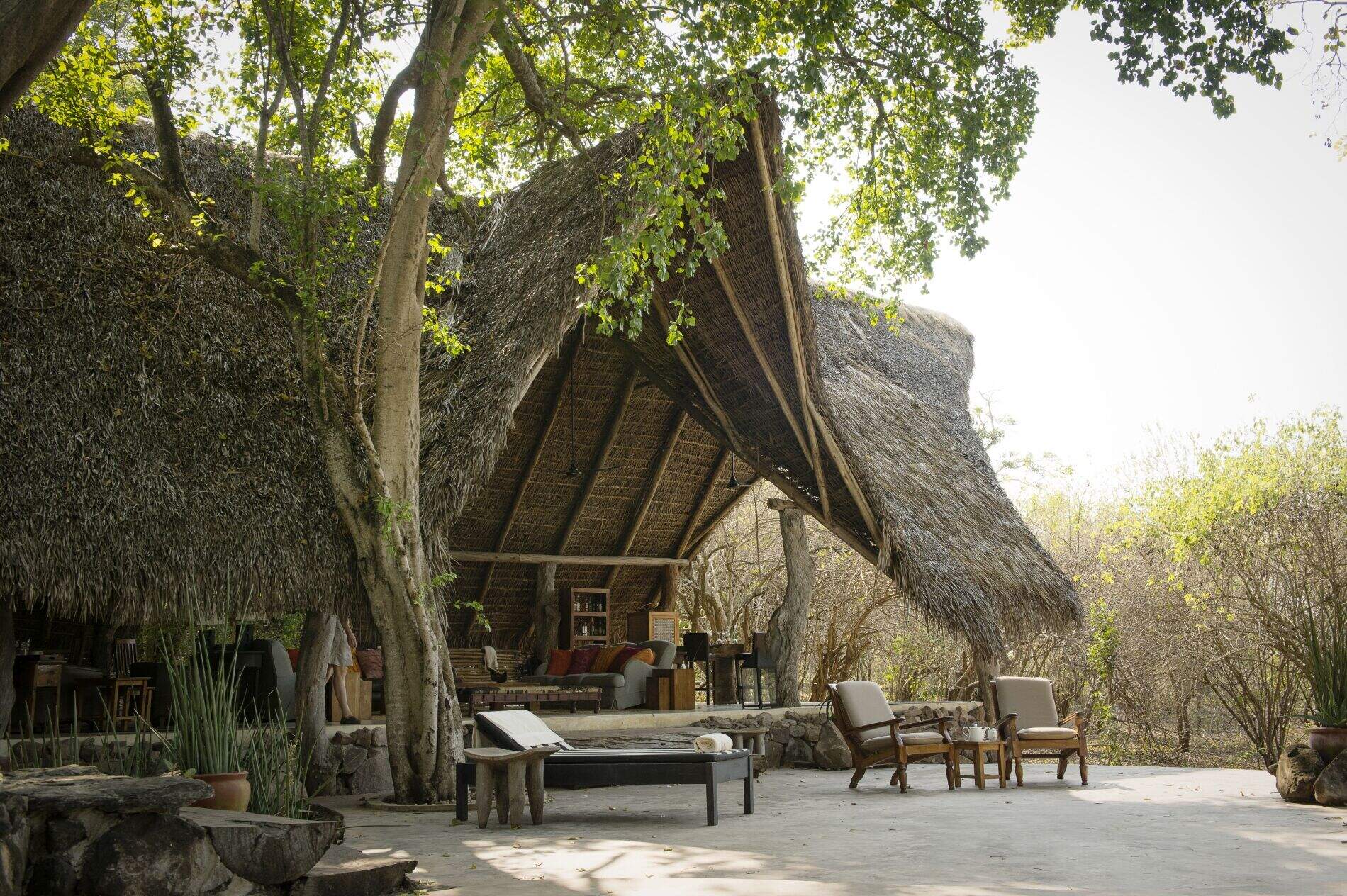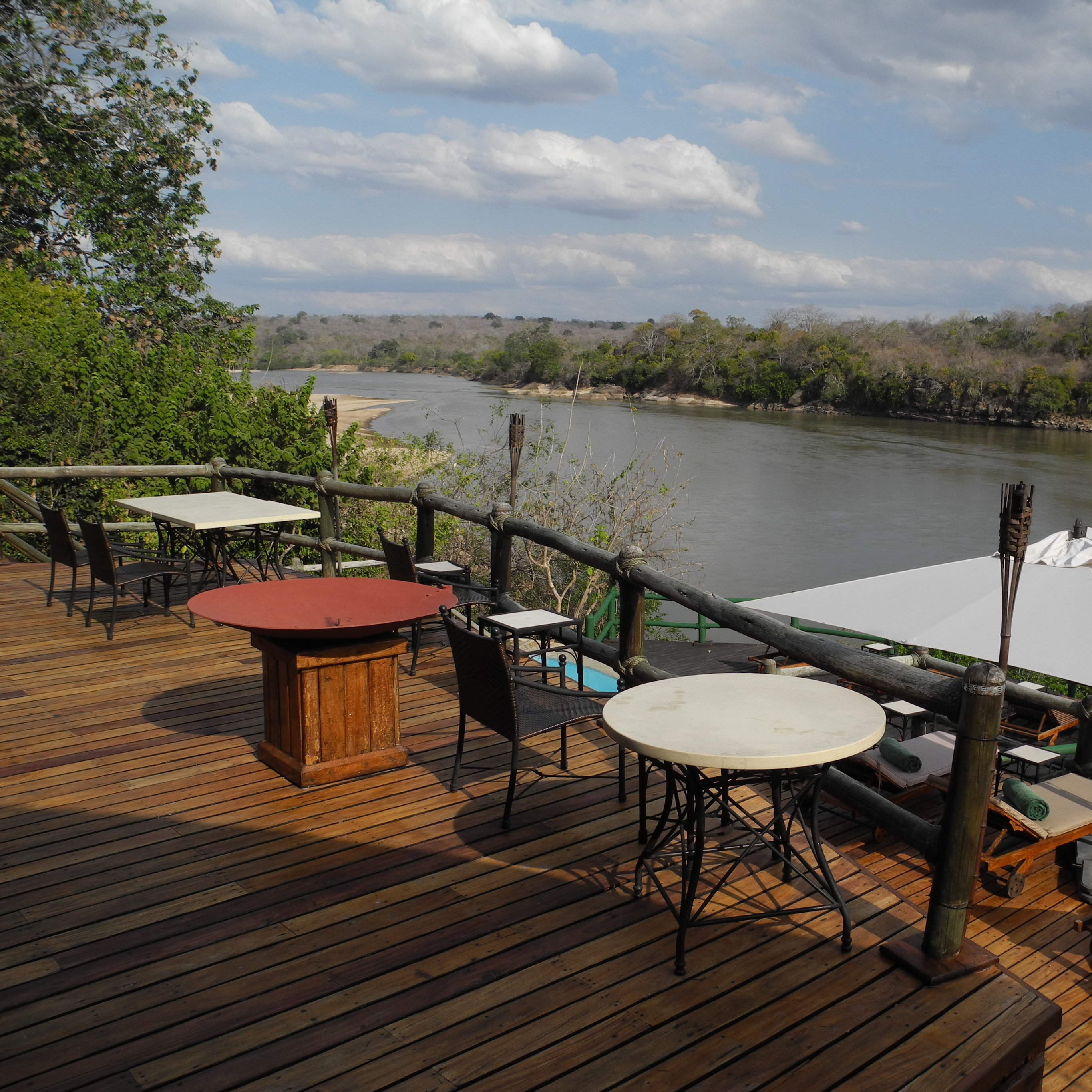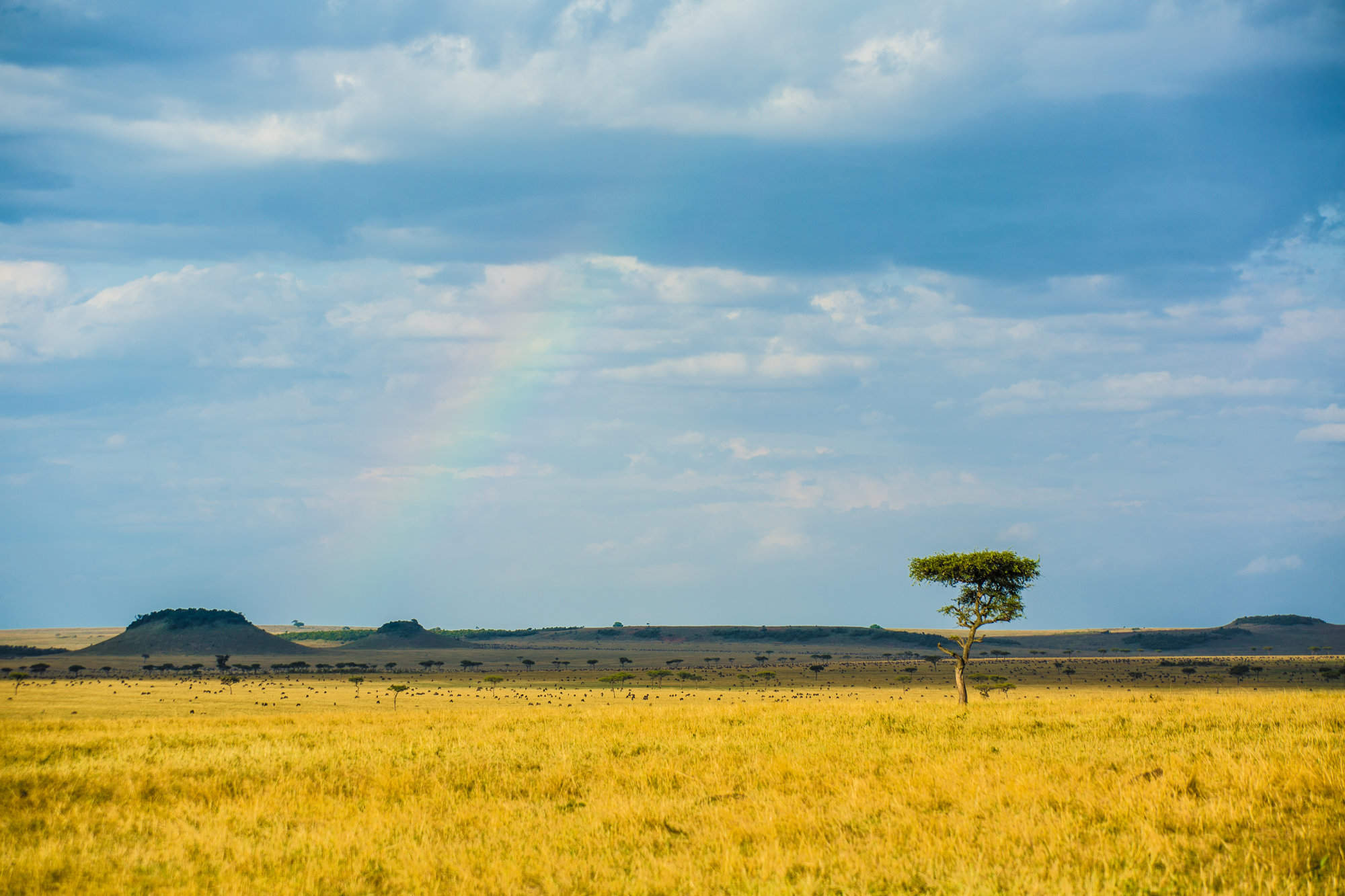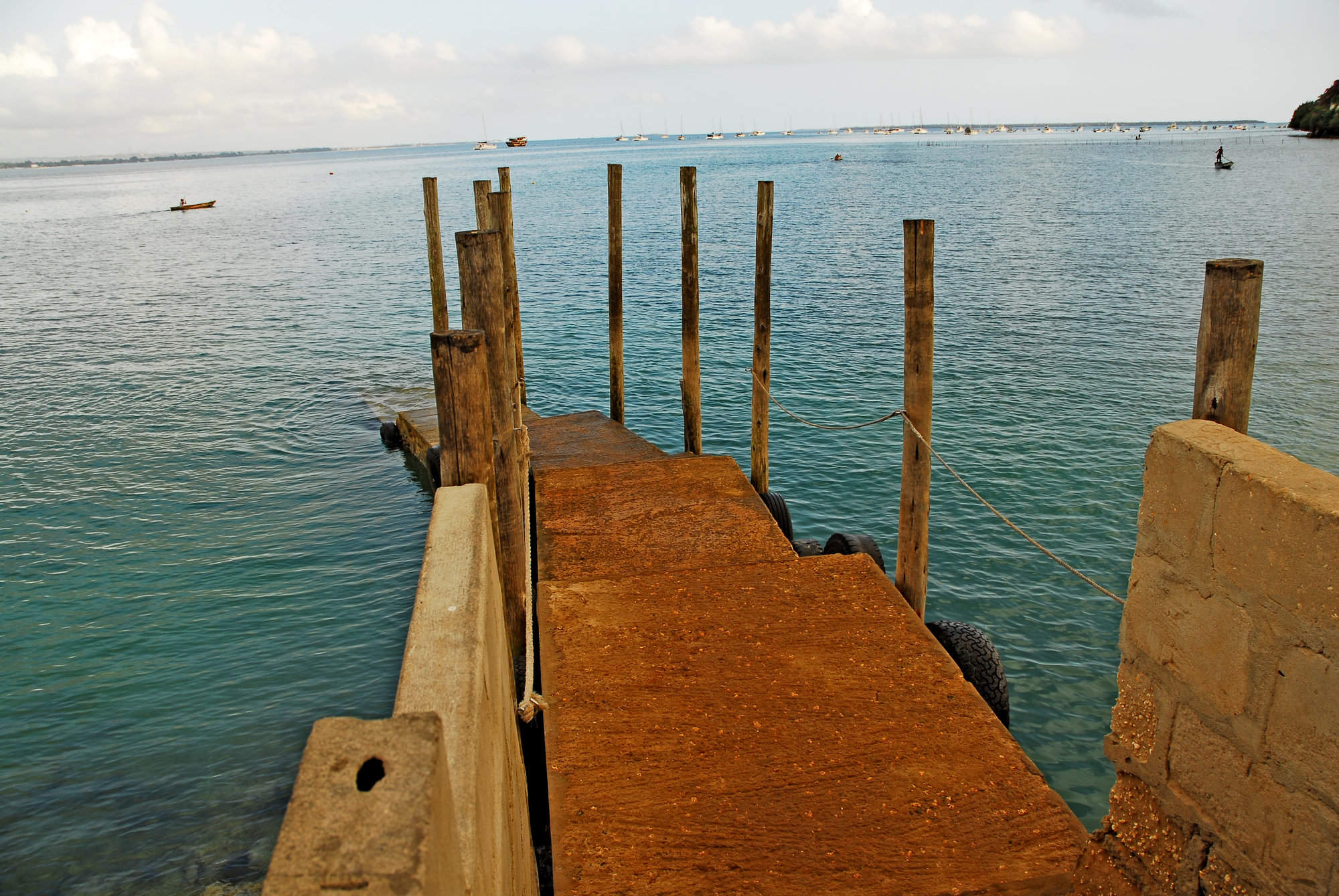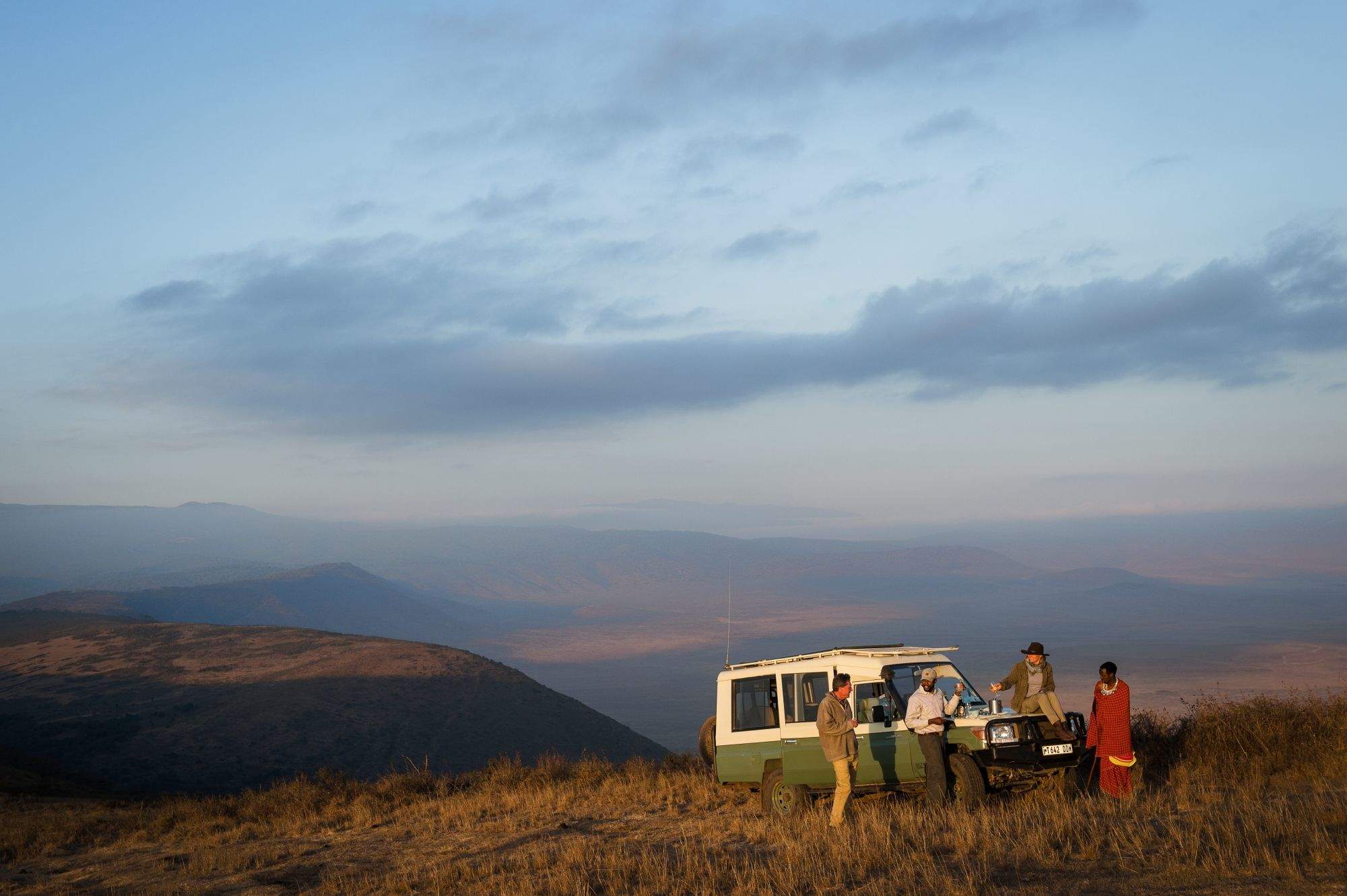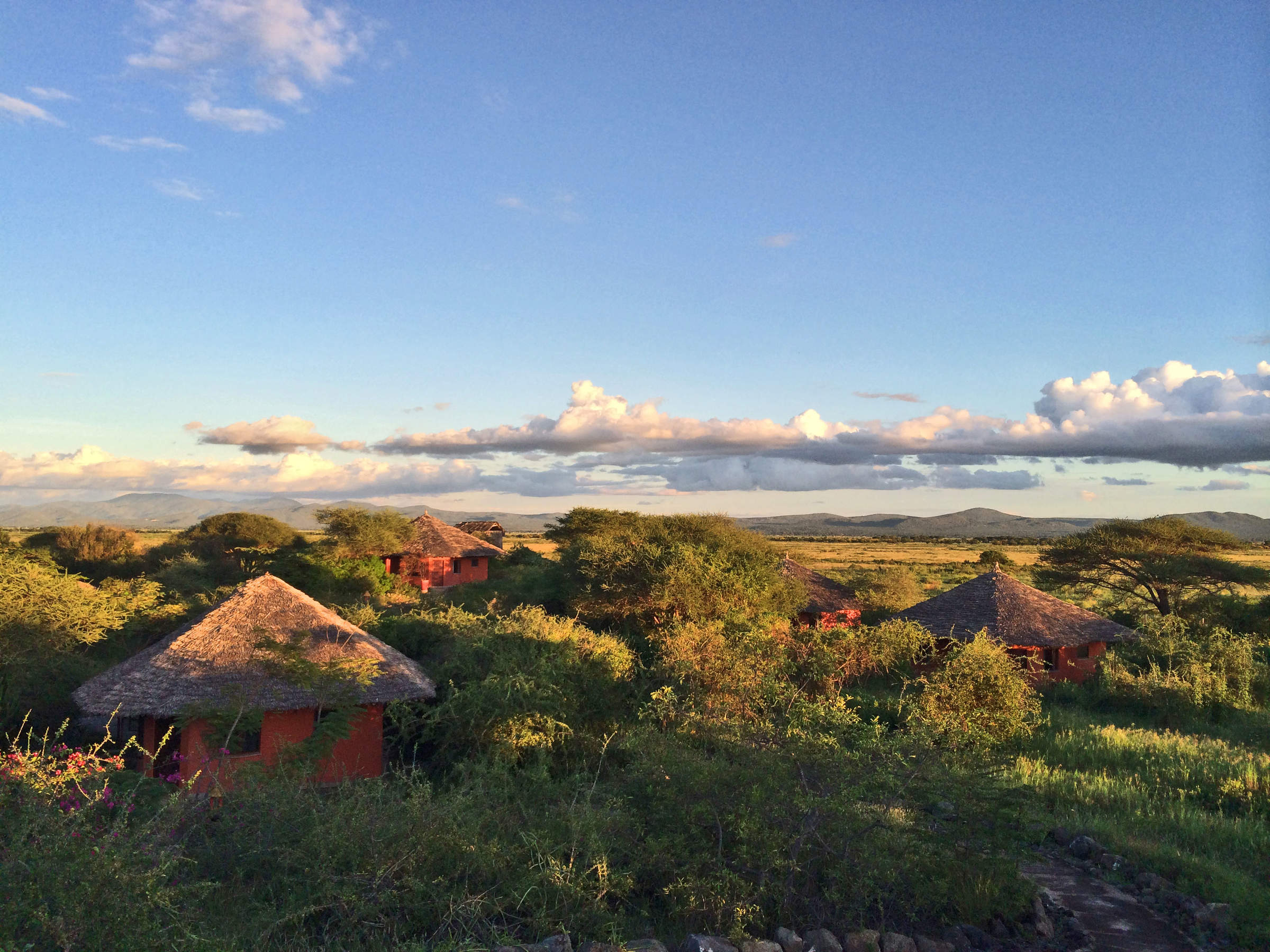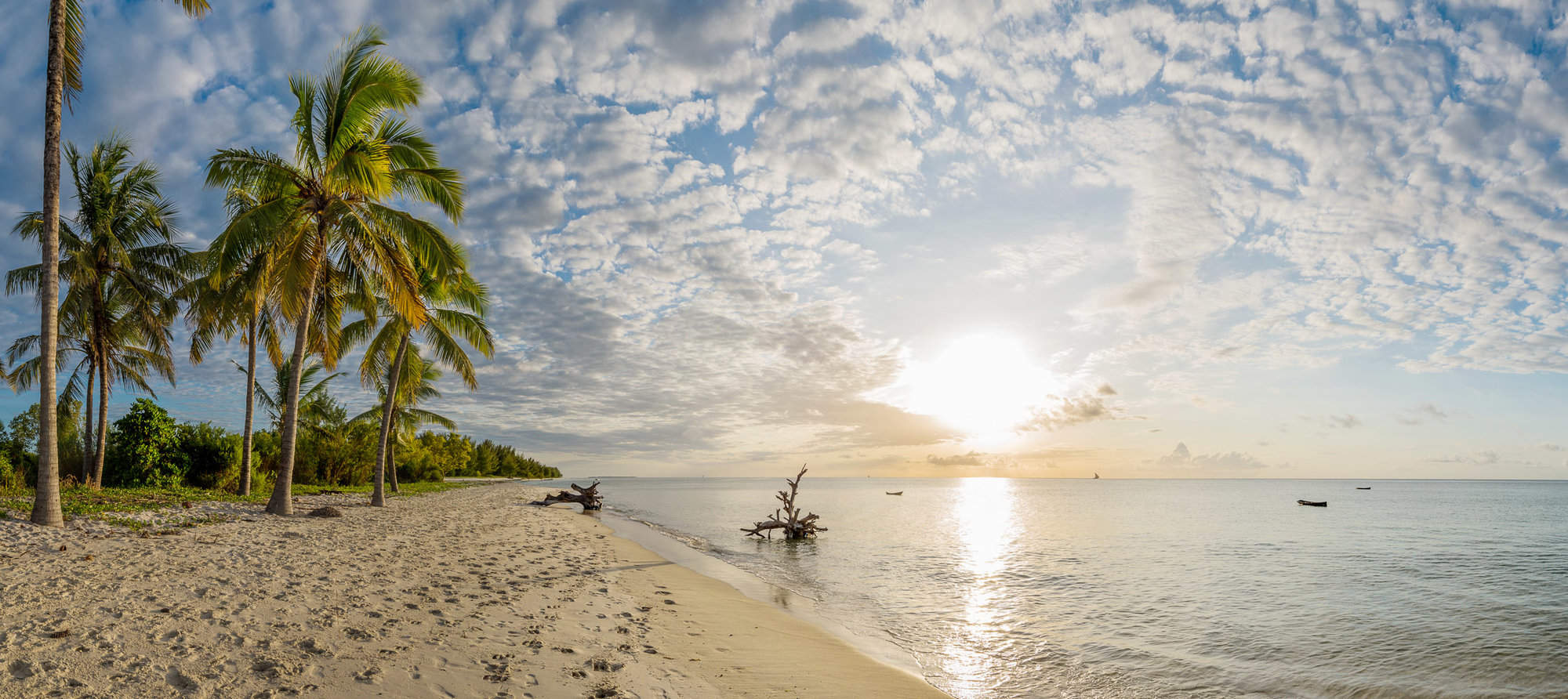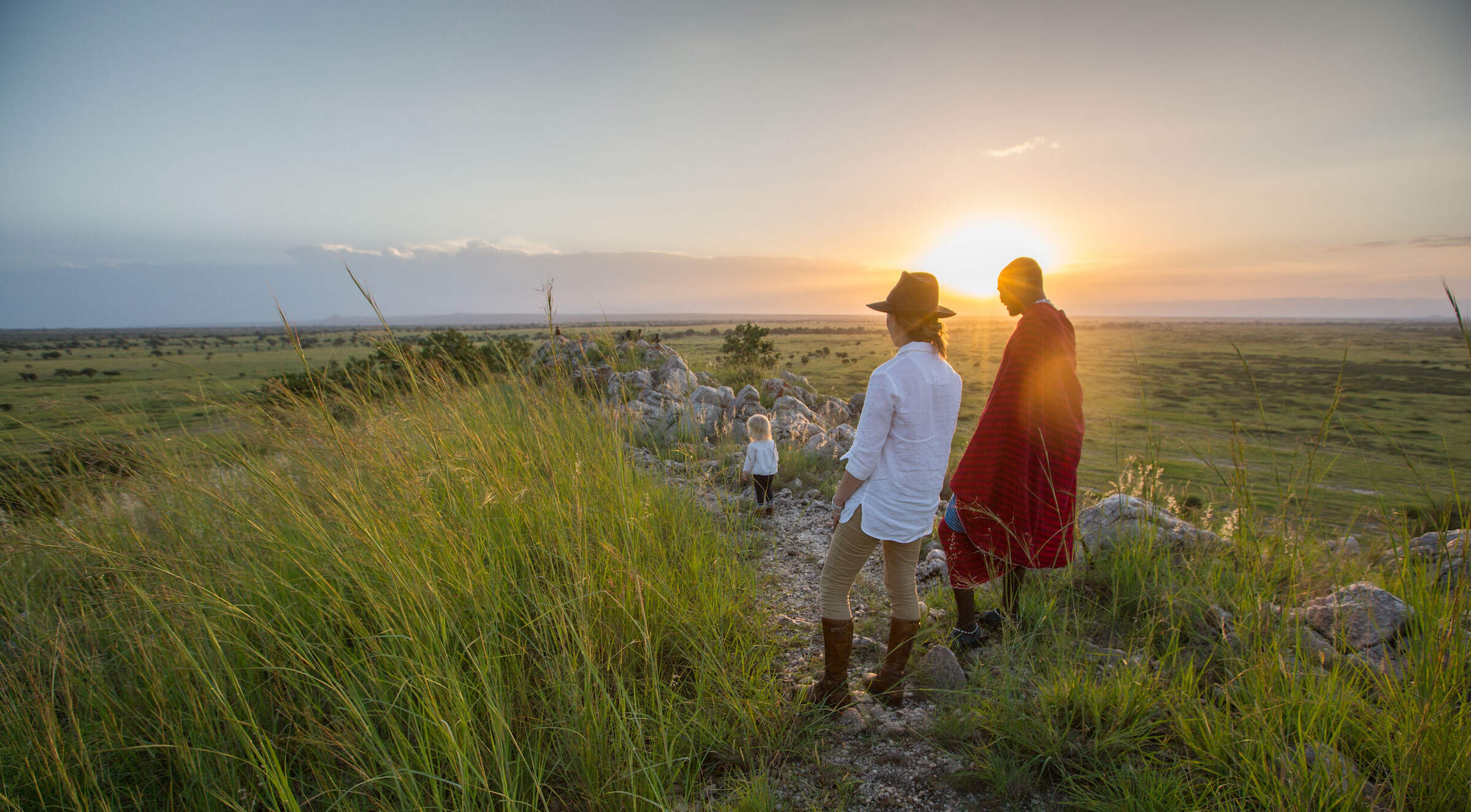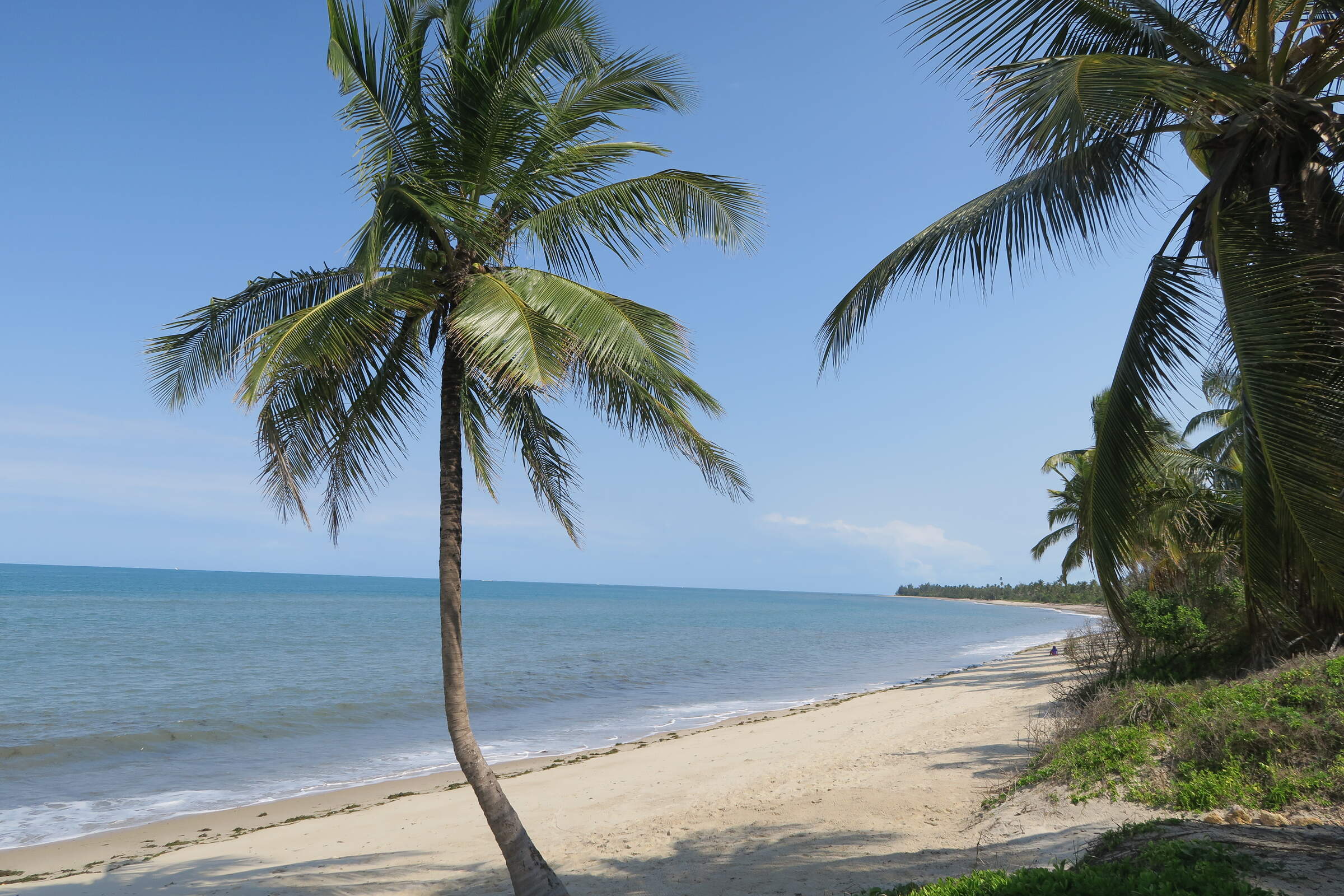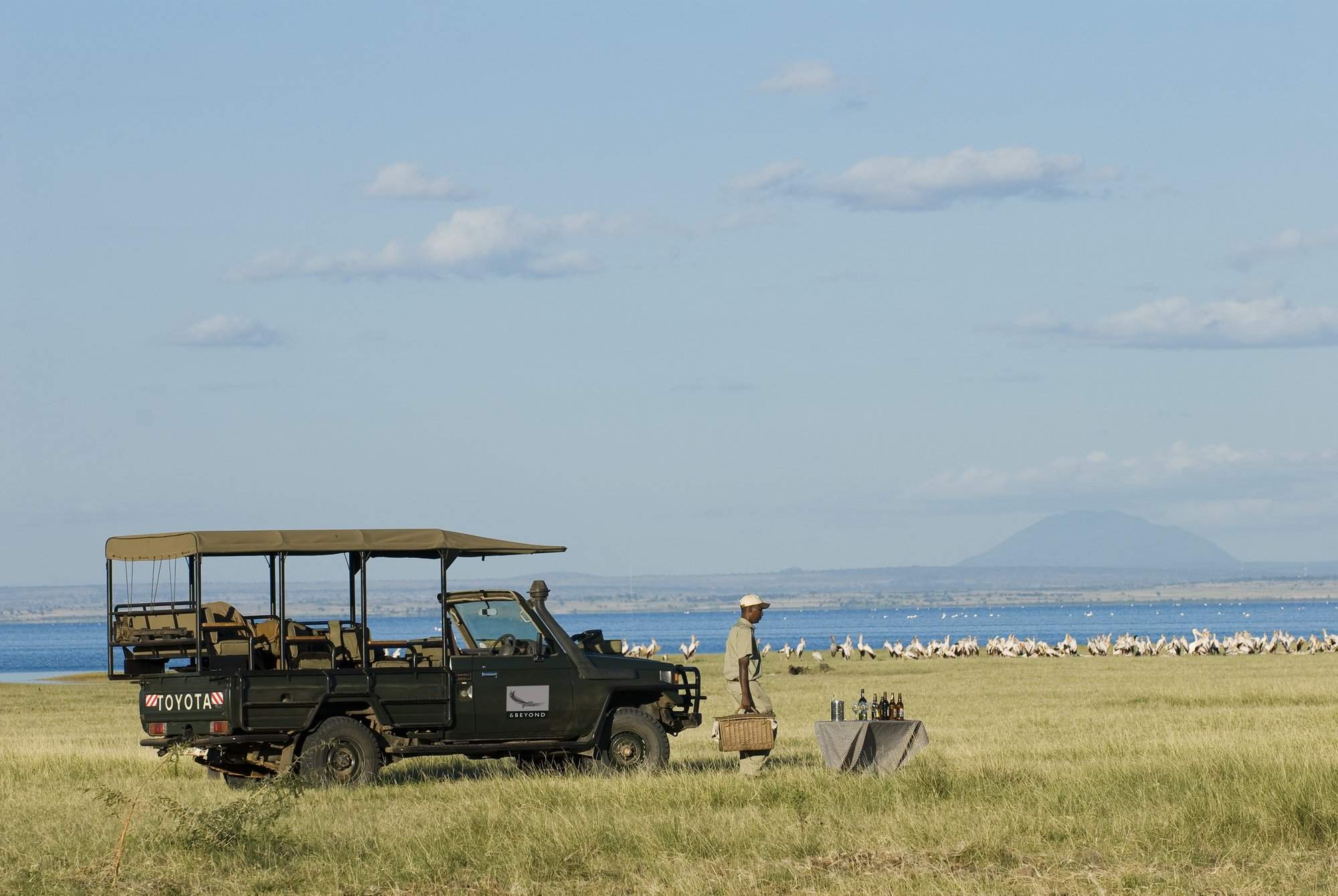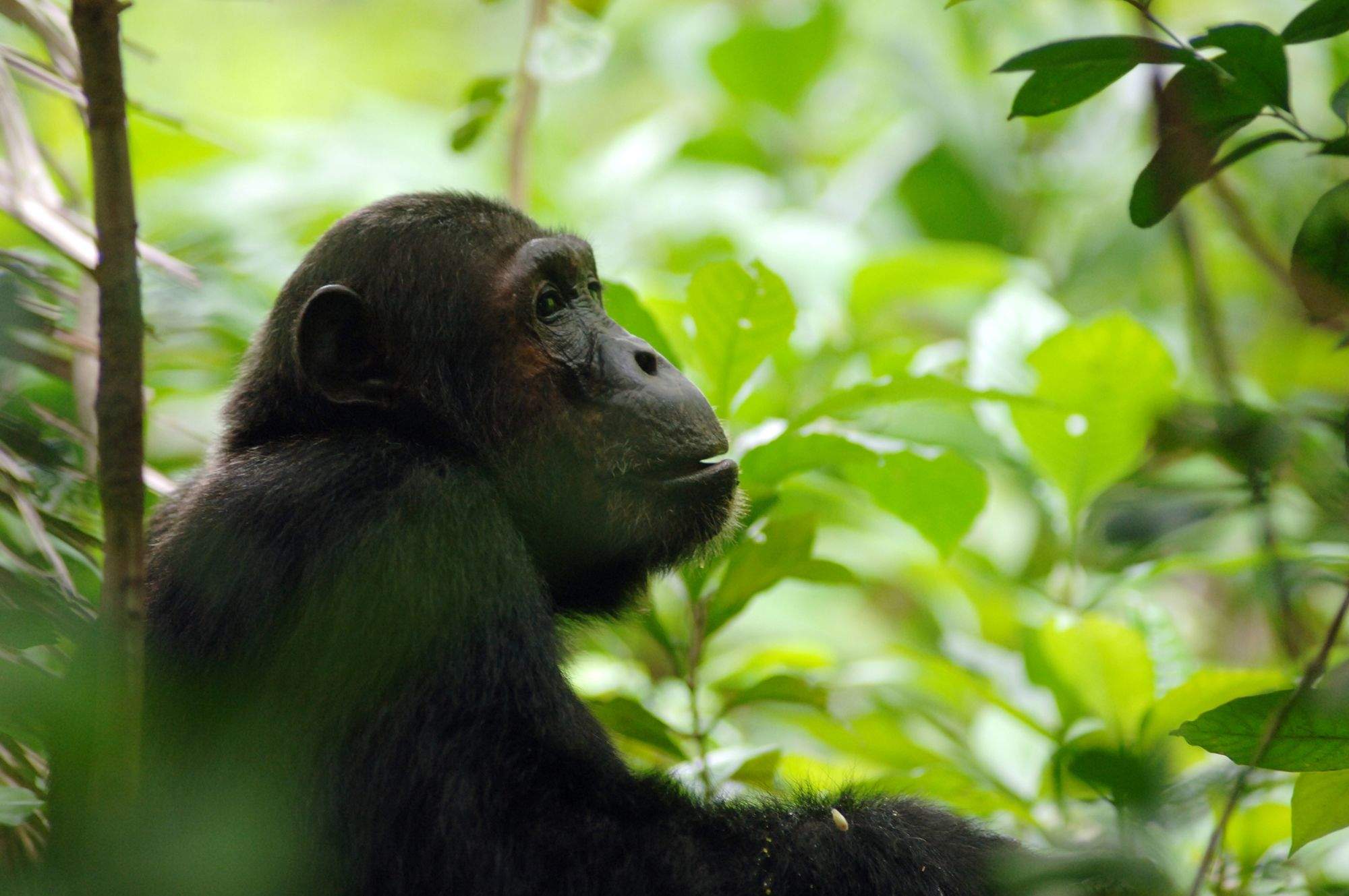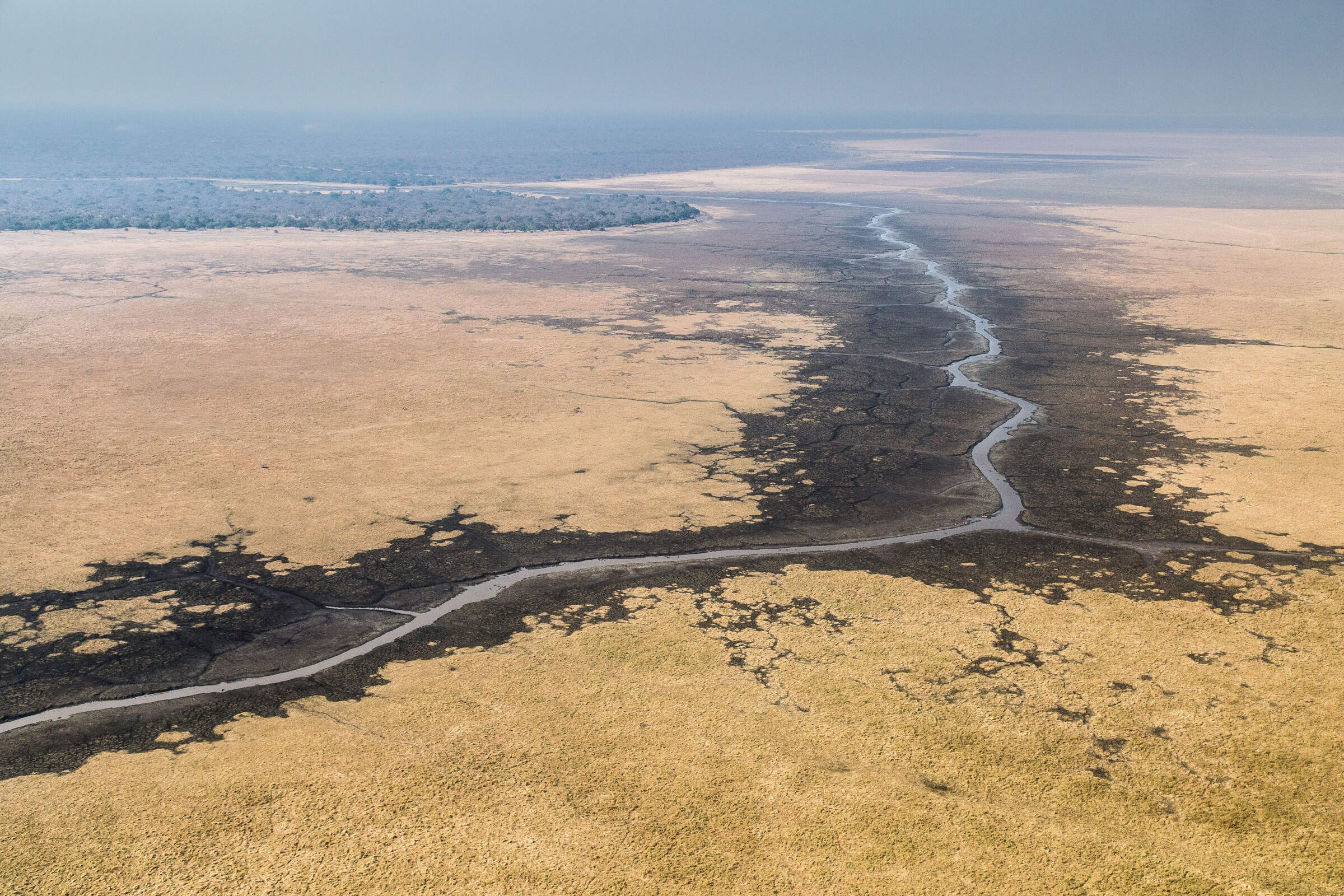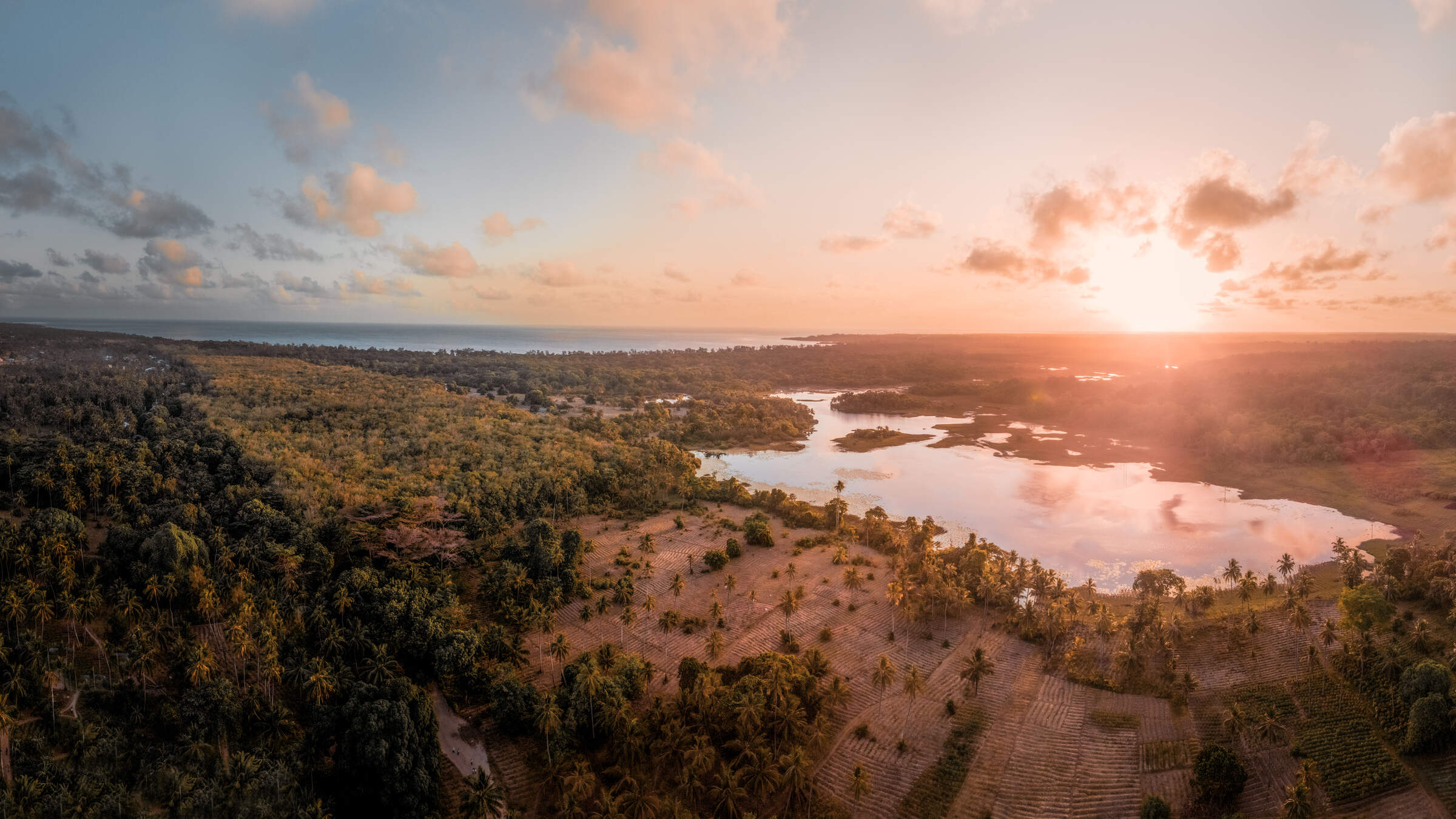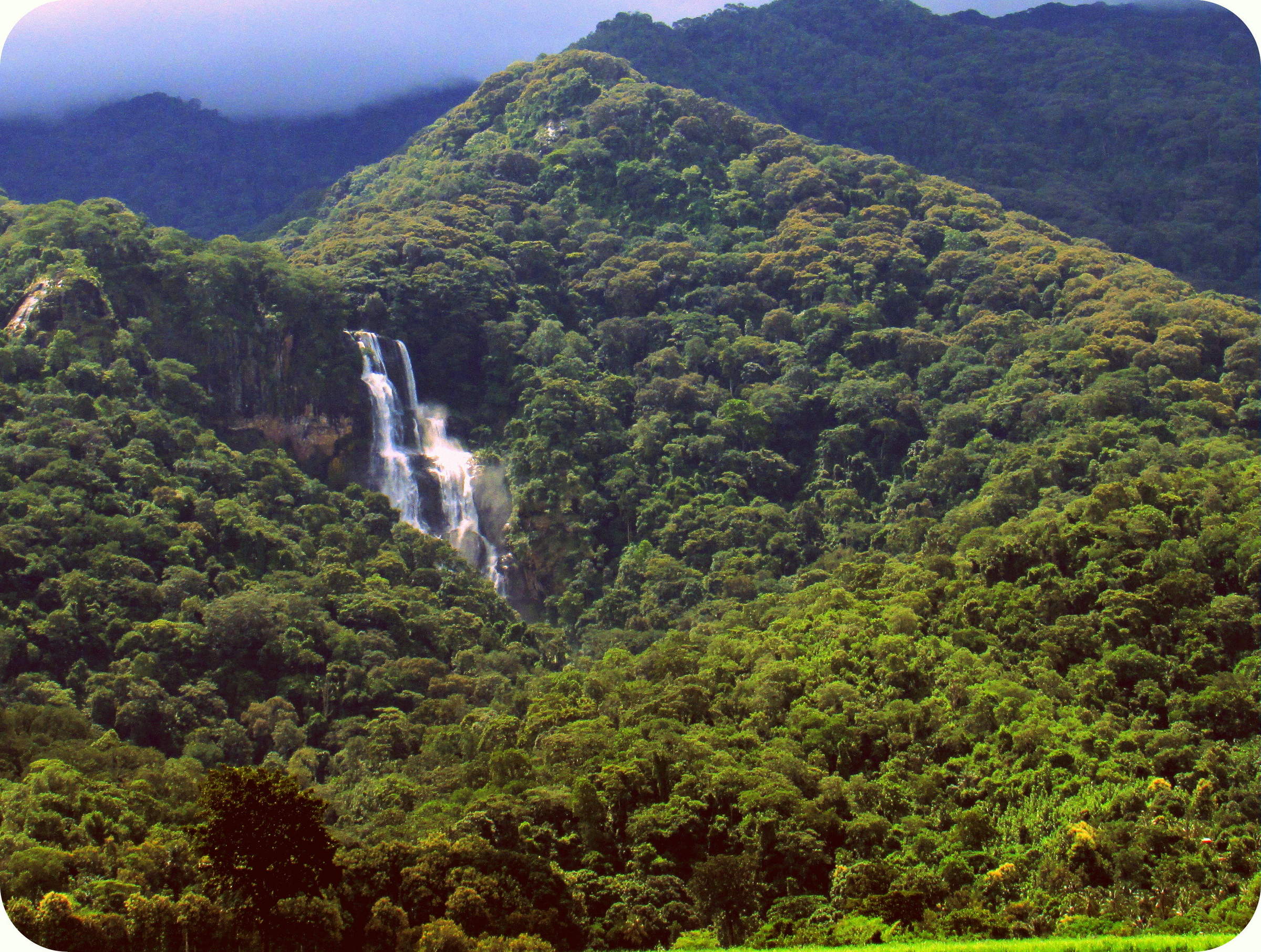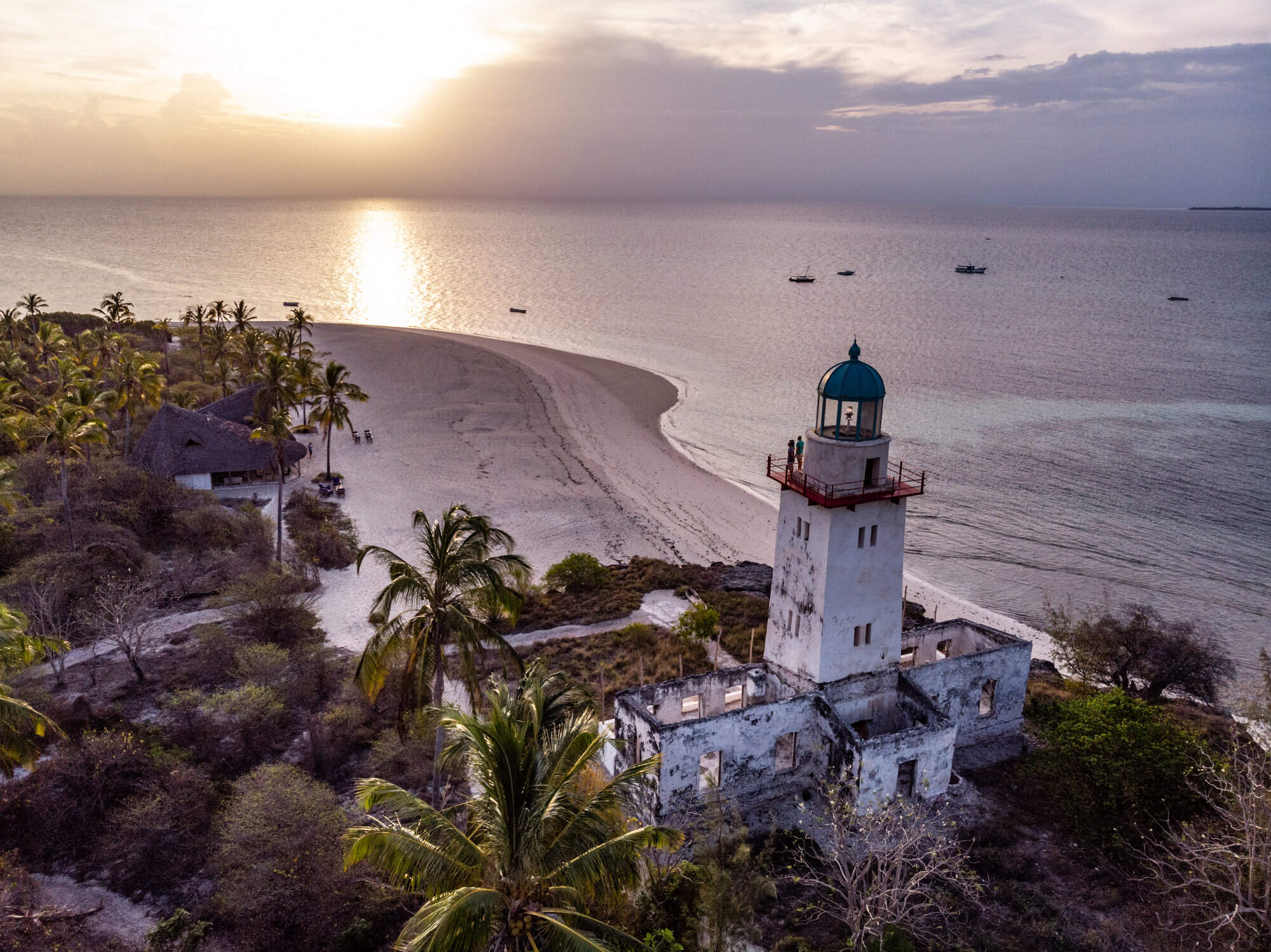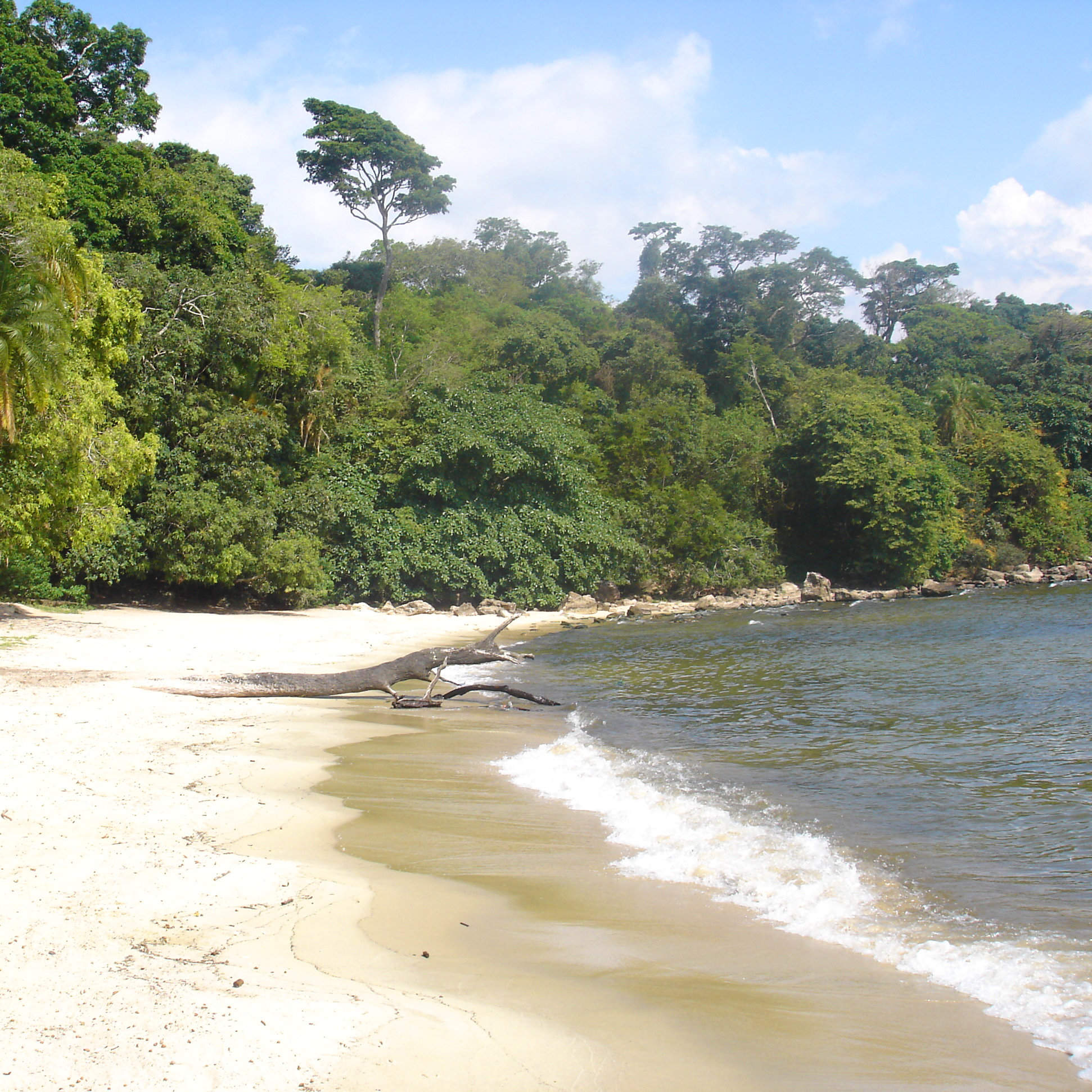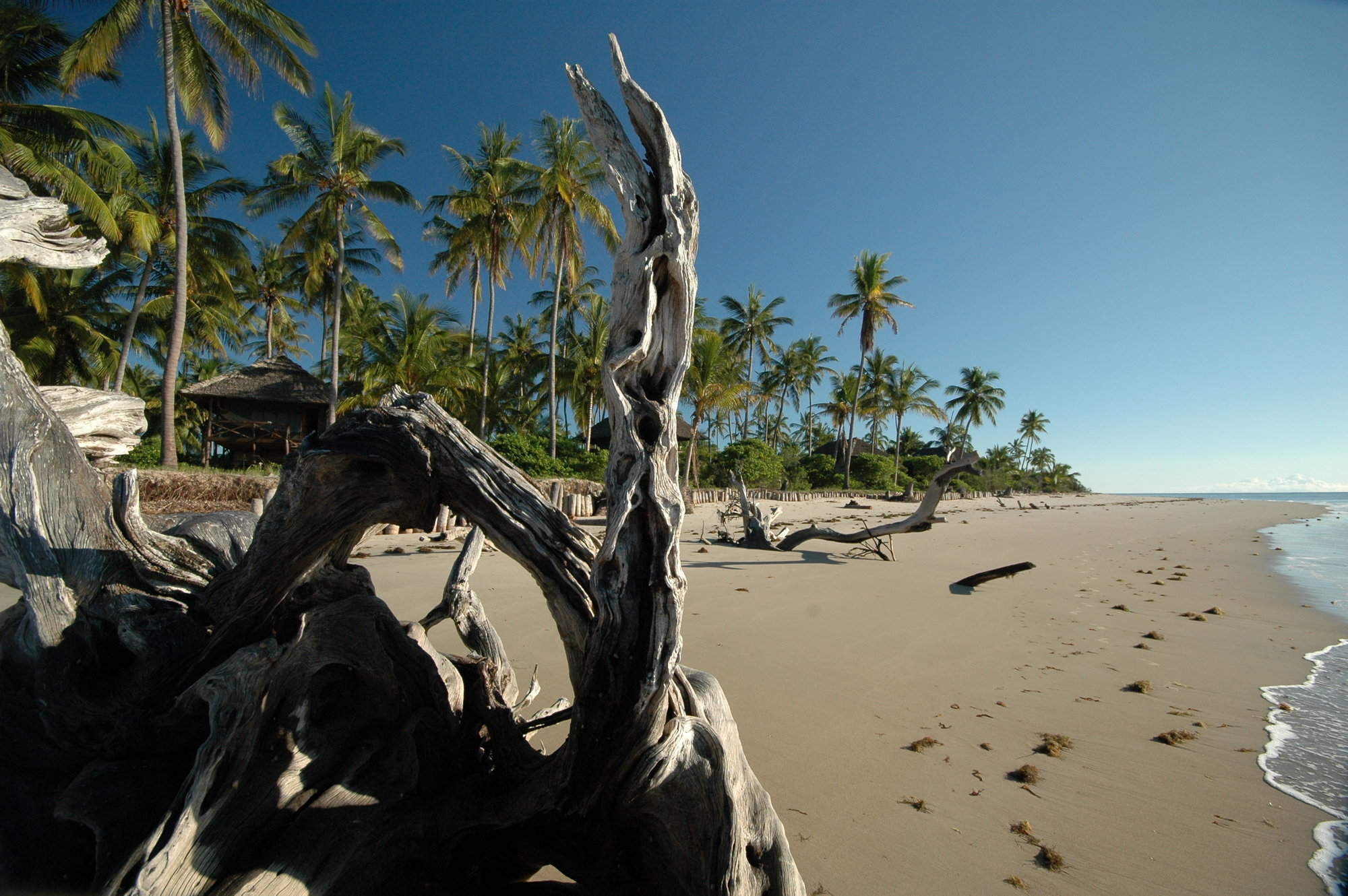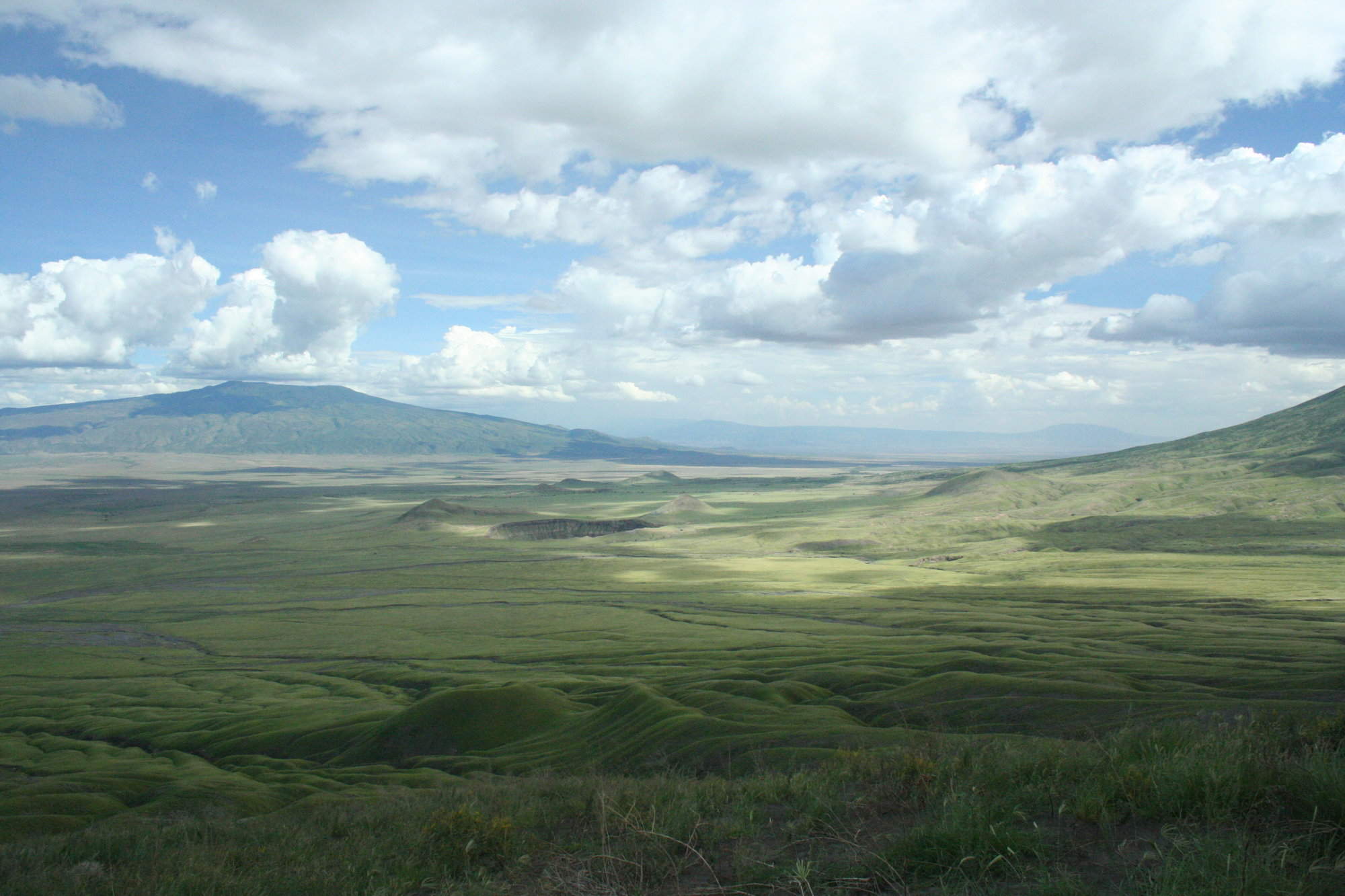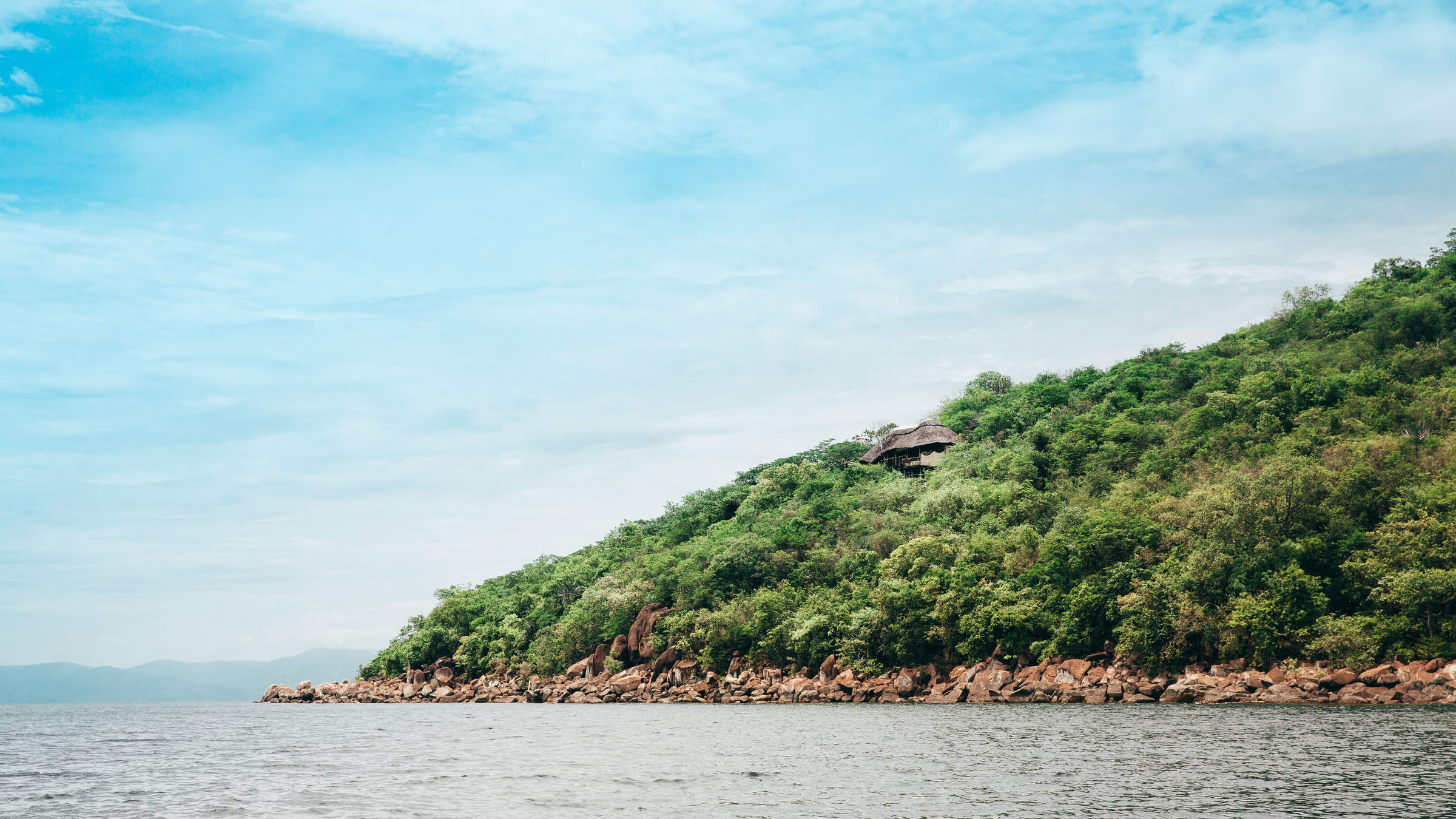Nyerere National Park: in detail
Nyerere safari holidays: the full story
Covering 30,000km² of wilderness, with grassy plains, open woodland, mountains and forests, Nyerere National Park forms part of Africa's largest wilderness area – about twice the size of South Africa's Kruger National Park or the Serengeti National Park – and one of Tanzania's UNESCO World Heritage Sites.
Formally known as The Selous, in 2019, Tanzania's National Park Authority (TANAPA) announced an identity change. Renamed and reclassified as Nyerere National Park, in honour of Tanzania's first president Julius Nyerere (1922-1999), this section of the park encompasses the northern photographic sector and extends into the wilderness zone south of the Rufiji River. This looks set to be a positive change for the region, bringing increased investment and additional wildlife protection.
Introduction to a Nyerere National Park and the Selous
At the heart of Nyerere National Park, Tanzania's largest river, the Rufiji, forms a complex network of channels, five interconnected lakes and swamps that create one of the most outstanding ecological systems in East Africa. This river also splits the reserve into two distinct sections:- The northern Selous, which covers only around 5% of the reserve's total area and now includes Nyerere National Park is dedicated exclusively to photographic safaris and conservation. Virtually all of the small exclusive camps which we offer operate in this area.
- The southern Selous, south of the Rufiji River, is divided into low-volume, private hunting concessions – each of which typically covers about 1,000km². Expert Africa does not offer hunting safaris.
Access to Nyerere National Park
Getting to Nyerere National Park is easy, it is served by light aircraft flights from Dar and Ruaha daily – a flight takes about 45 minutes from Dar, and about 90 minutes from Ruaha.Park entrance fees are (at time of writing) US$75 per person per day (US$50 for park fees plus US$25 conservation charge). We usually include all necessary park fees into the price of a trip here.
History of the area
The Selous was originally named in honour of the Englishman Frederick Courtney Selous, who lived and hunted in the region from 1871 for around forty years. He gained a reputation as the most accomplished hunter of his age and was also known for his writing, most notably 'A Hunter's Wanderings in Africa'. Selous was the right-hand man to Cecil John Rhodes in his campaign to annex present-day Zimbabwe to the British Empire, he also achieved brief notoriety in 1899 for speaking out against England's war on the Boer Republics of South Africa.When the First World War broke out Selous, at the age of 60, was made Captain of the 25th Royal Fusiliers, winning a DSO in 1916. With his detailed knowledge of the bush, Selous led the chase after the German guerrilla army that presided in southern Tanzania. On New Year's Day 1917, Selous was shot dead by a sniper close to the banks of the Beho Beho River where he remains buried today, near Beho Beho Safari Camp.
Five years after Frederick Courtney Selous' death, the British colonists incorporated a number of existing game reserves south of the river to extend the plains of the aptly named Selous. The Game Reserve reached its present size and shape in the 1940s, when the colonial government moved the remaining tribes out of the area to combat a sleeping sickness epidemic. It was inscribed as a UNESCO World Heritage Site in 1982.
Nyerere National Park and Lodges
Nyerere National Park has a handful of chic, low-key, eco-friendly lodges whose combined bed capacity amounts to little more than 300 visitors. It is not uncommon to spend a whole day on a game drive without seeing another vehicle as the camps are spread out, and less than 1% of Tanzania's visitors go to this region. This incredible low density is especially noticeable if you are based at one of the western lodges such as Beho Beho. or Sand Rivers.The best game viewing areas, with the densest wildlife populations, are found in the eastern parts of the reserve. Lake Manze Camp, Selous Impala Camp and Siwandu Camp, being especially good for lion and wild dog sightings.
Activities in Nyerere National Park
One of the main attractions of Nyerere National Park is the variety of game viewing activities available. All of the safari camps offer trips through the reserve by boat, vehicle and on foot. Boat safaris allow you to drift on the lakes and channels, approaching birds and animals quietly, including crocodile and hippo, and affording close encounters with wildlife. All of the lodges also offer guided game walks for those aged 12 and over (16 at Lake Manze and Impala), which come with a real likelihood of encountering big game such as elephant, buffalo and even lion on foot. Game drives are reliably rewarding, especially towards the end of the dry season, when large mammals concentrate around the five lakes. Better still are the overnight fly-camping excursions offered by some of the camps, which entail sleeping out in the middle of the bush in a small tent or glorified mosquito net cube.Fly-camping safaris in Nyerere National Park
We're not sure where the name 'fly-camp' comes from. It might derive from the term 'fly by night', as these are temporary camps that can be easily put up and taken down. It might even come from the word 'fly-sheet' which describes the outer canvas of a small tent, or a homemade shelter. It's certainly nothing to do with any winged insects!Wherever the name comes from, a fly-camp is a small, temporary camp that is set up in the bush. Comfort is limited as the tents are just normal camping tents. Dinner is cooked on the fire and served nearby – after which it's natural to gather around the campfire, relax in canvas chairs, for a drink and a chat. There's something mesmerizing about dancing flames under an African sky, with the sounds of the wild in the background.
If you've not done it before, then sleeping out in the bush in Africa might seem a little scary, but there's always an armed game scout nearby to reassure you. We love the thrill and immersive feeling of fly-camping and can't recommend it too highly for adventurous adults. However, these trips aren't for children. Talk to us about them, and perhaps go fly-camping for just a day or two in the middle of your trip.
The wildlife of Nyerere National Park
Mammals
The prodigiously large mammal populations found here support the claim that Nyerere National Park is the greatest surviving African wilderness. Buffalo numbers are estimated at 120,000–150,000, and the reserve's 40,000 hippo and 4,000 lion are amongst the largest such populations on the continent. Nyerere National Park also harbors an estimated 100,000 wildebeest, 35,000 zebra, 25,000 impala and significant herds of giraffe, greater kudu, waterbuck, bushbuck, Lichtenstein's hartebeest and eland. It is one of the most important sanctuaries in Africa for the endangered African wild dog, sable and puku antelope. There are also huge populations of crocodile, hippo, spotted hyena and leopard to name just a few of the big game species found here.Historically, Nyerere National Park has been home to a large proportion of Tanzania's elephants population, but unfortunately there has been a marked increase in poaching over recent years and elephant numbers are now much lower than they once were.
Birdlife
More than 440 bird species have been recorded in Nyerere National Park. On the lakes you'll find pink-backed pelicans, African skimmers and giant kingfishers. The sandbanks are home to carmine and white-fronted bee-eater colonies, whilst pairs of fish eagle, palm-nut vulture, ibises and palm swifts nest in the borassus palms. Other waterbirds found in the Selous include: yellow-billed stork, white-crowned and spur-winged plovers, various small waders, pied and malachite kingfishers. Pairs of trumpeter hornbill and purple-crested turaco can also be seen between the riparian trees. Also worth looking out for among a catalogue of egrets and herons is the Malagasy squacco heron, a regular winter visitor, while the elusive Pel's fishing owl often emerges at dusk to hawk above the water.Hunting in the southern section
The vast majority, about 90%, of the wildlife area lies to the south of the Rufiji River. That southern section of the reserve is split into large ‘concessions’ which are used for trophy hunting. There are, at least in theory, strict rules and quotas designed to make the hunting here sustainable – and this southern side certainly is still home to very large volumes of game. Visitor numbers here are low and from what little we have seen of this area, there's a lot of dense bush, so it is generally less interesting part of the reserve than the northern section.Expert Africa doesn't endorse hunting or arrange any hunting trips. The only time we have ever visited, or sent our travellers, to this section of the park was some years ago when one concession here – Lukulu Selous – decided to stop hunting to become a purely ‘photographic’ area.
Although this venture has, sadly, now closed, we hope that as numbers of photographic visitors increase in the future, some sections of southern Nyerere National Park will change from hunting to photographic safaris again and that the move will become permanent.
Where to stay in Nyerere National Park
Our suggestions for safari camps in Nyerere National Park
Our travellers’ wildlife sightings in Nyerere
This is their success for sightings in Nyerere National Park.
Click on a species for more detail. How we work this out.

100% success

100% success

99% success

98% success

98% success

97% success

90% success

88% success

76% success

48% success

27% success

14% success

1% success

1% success

0% success
